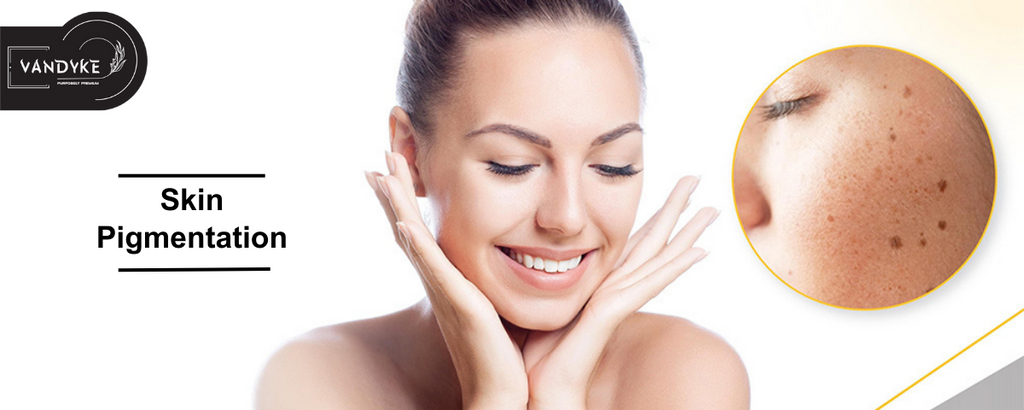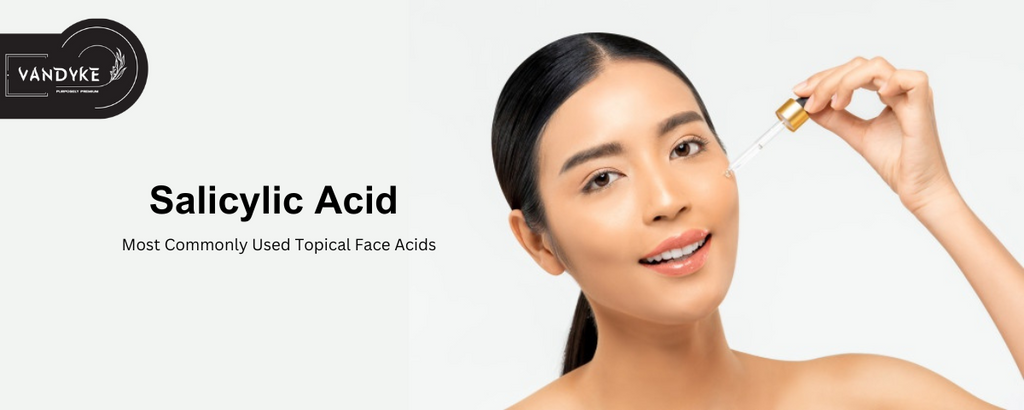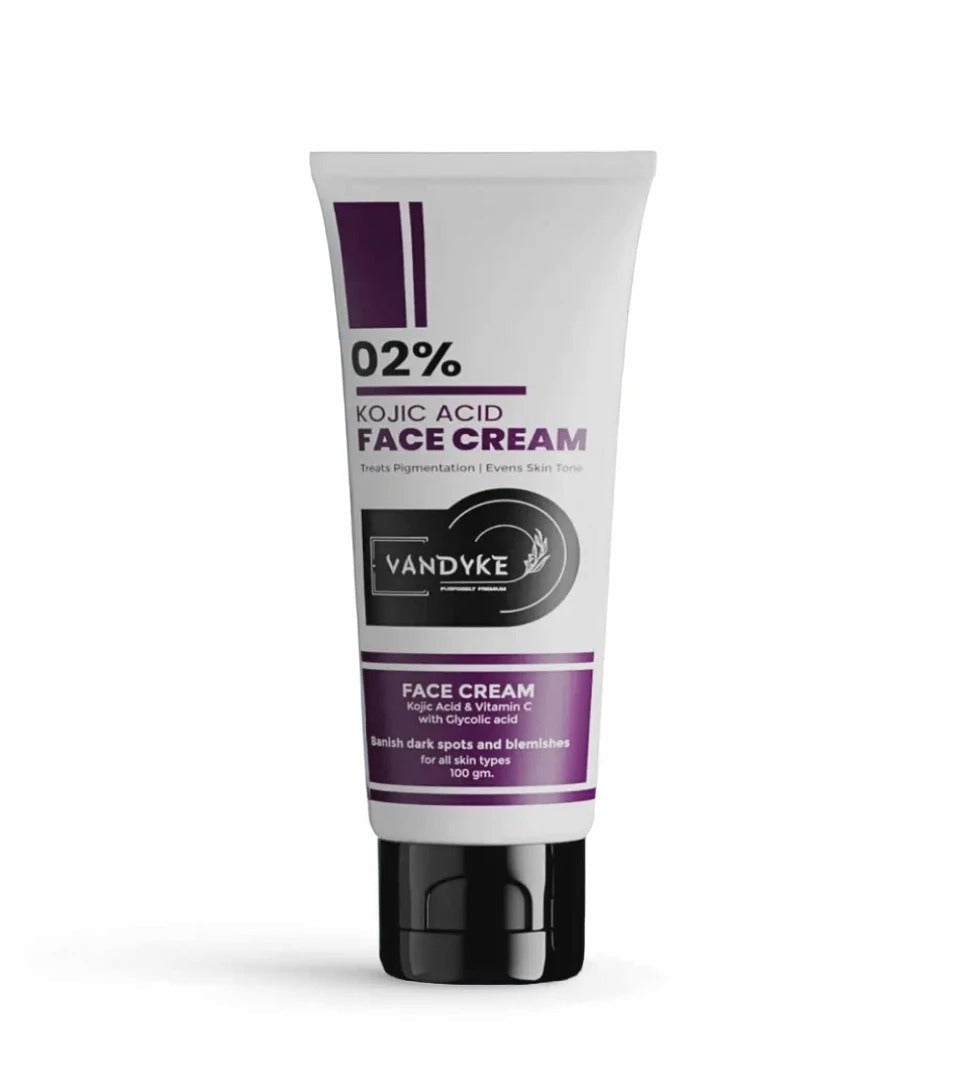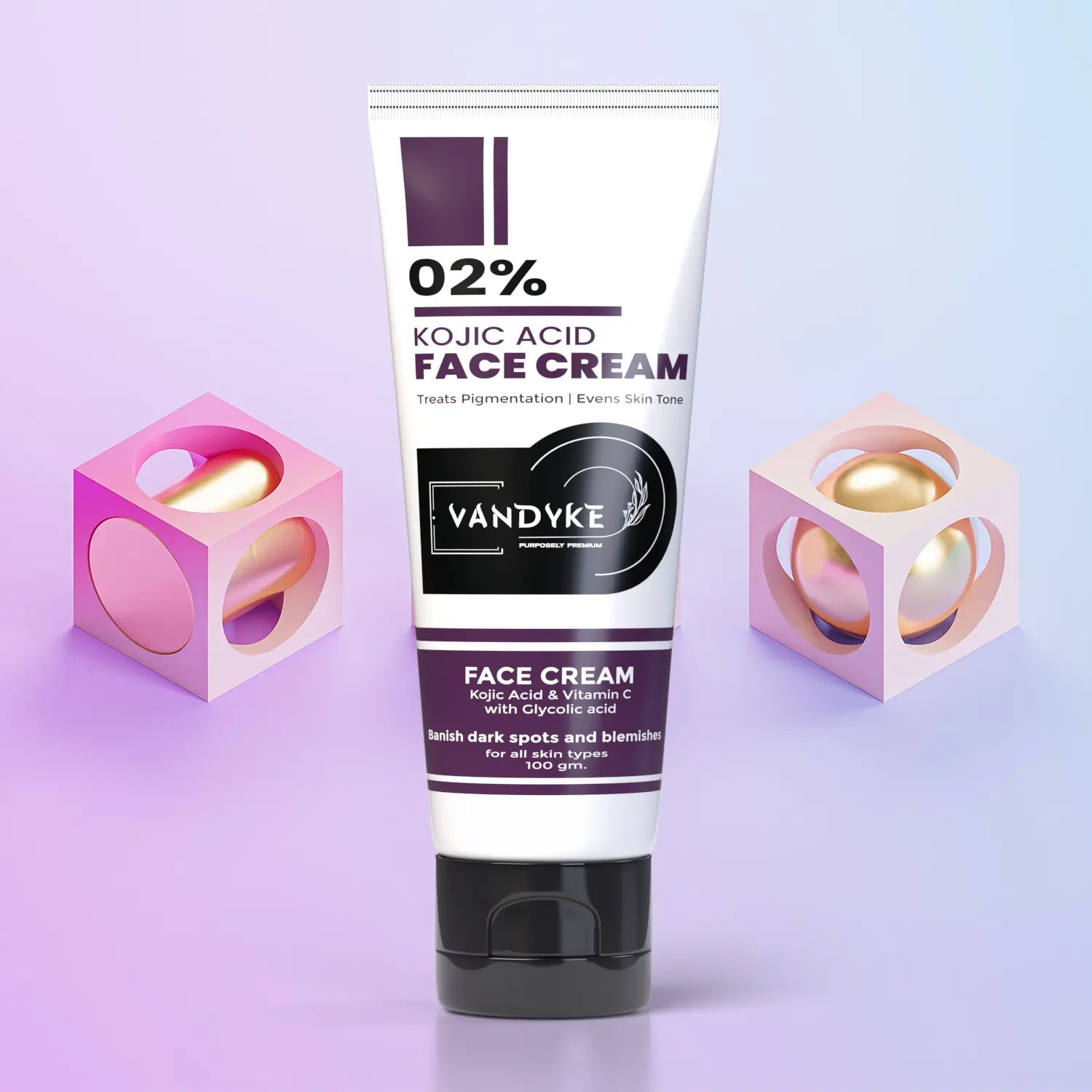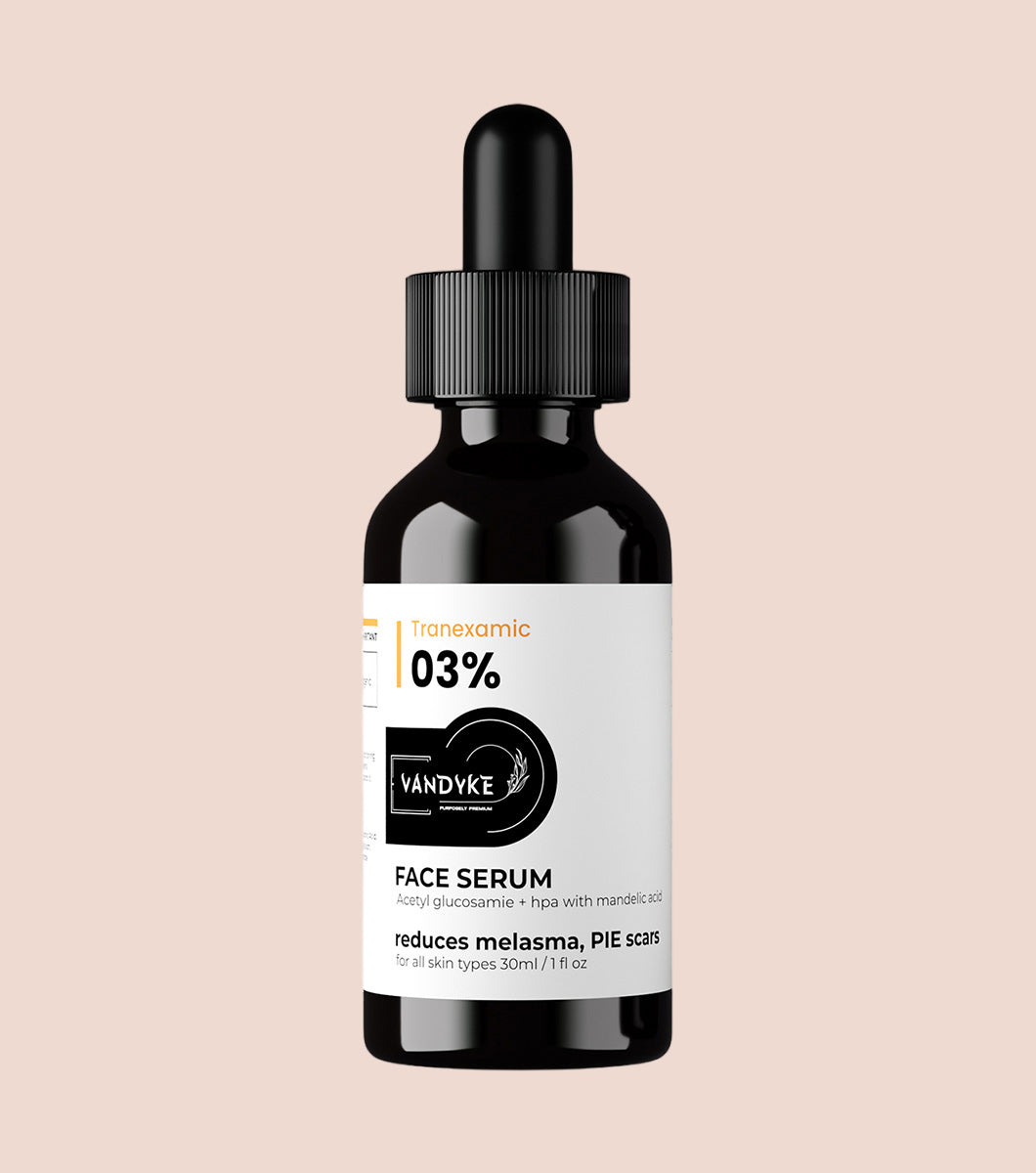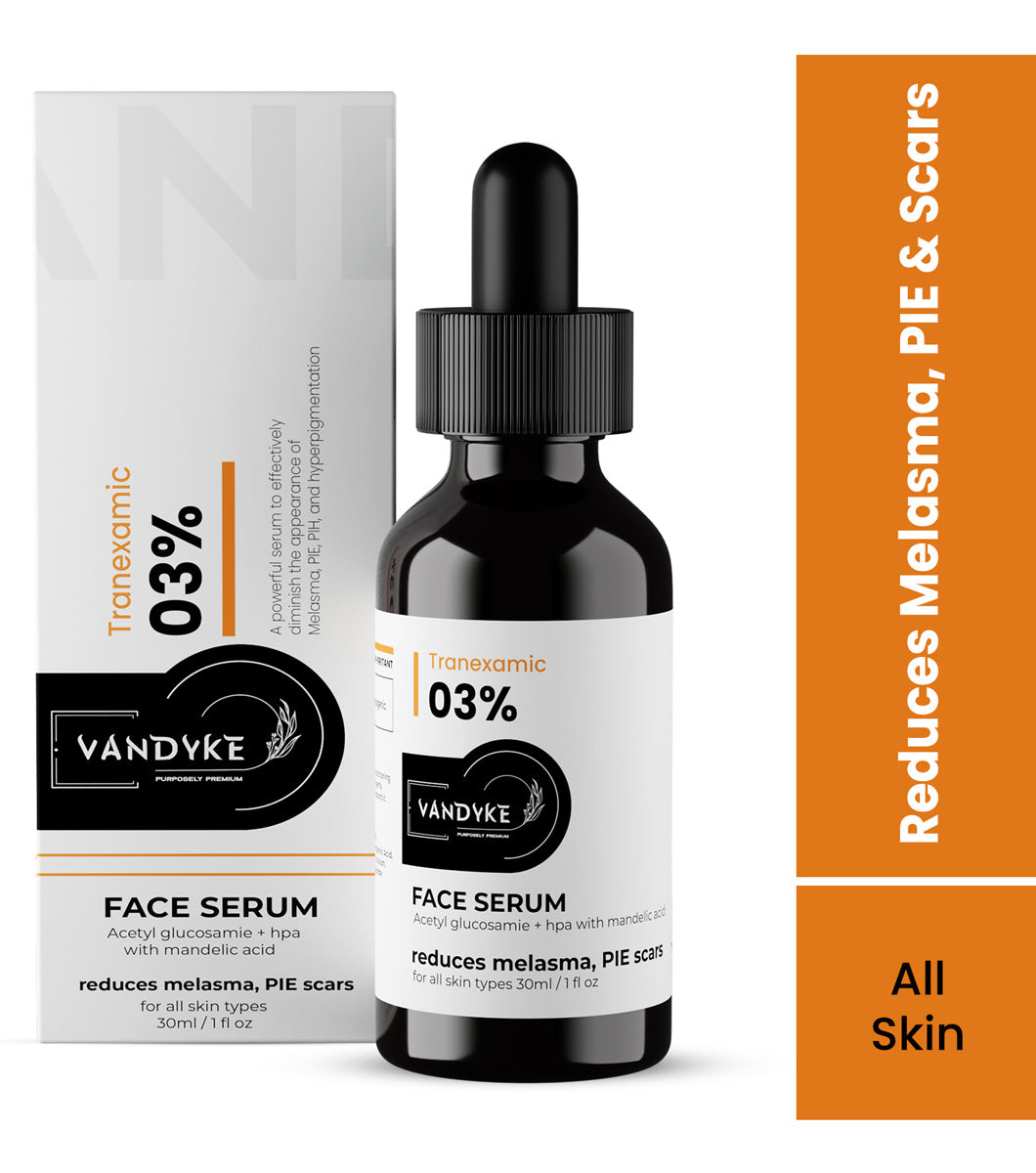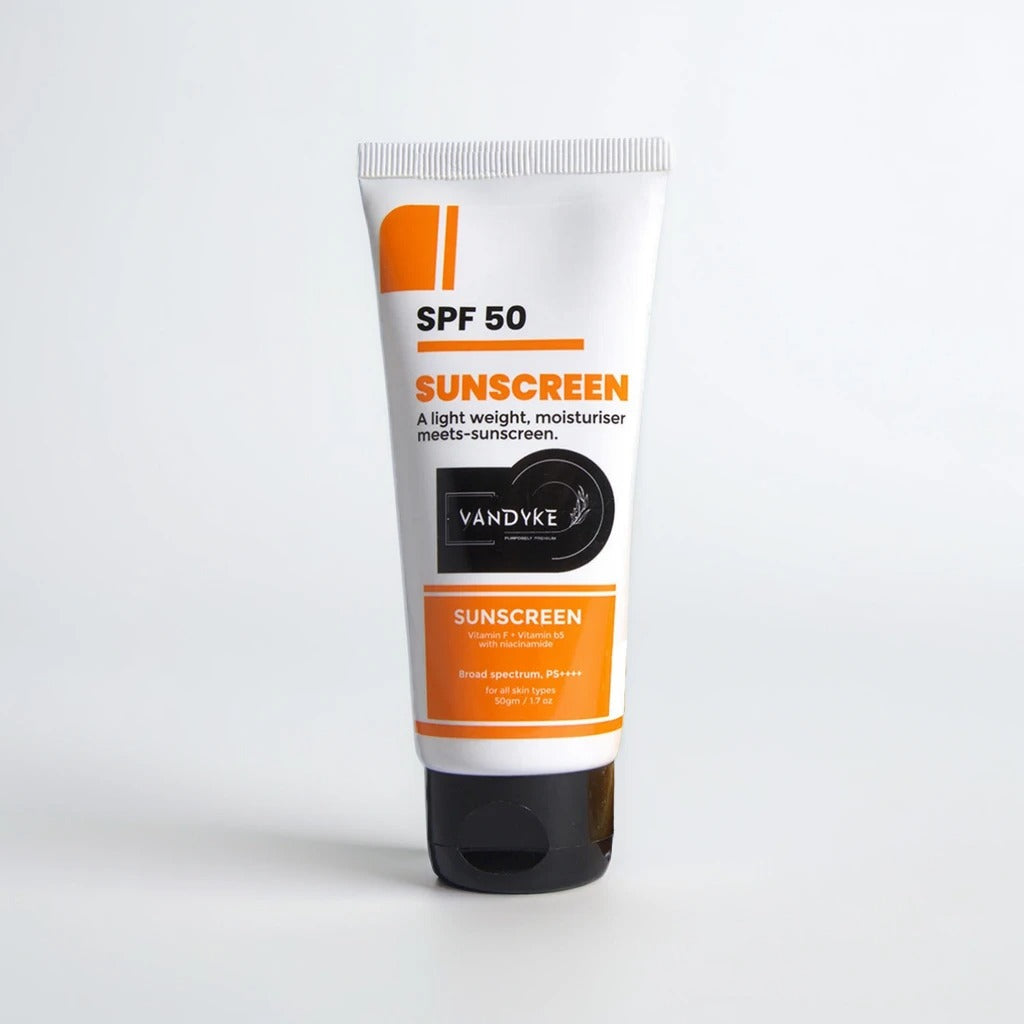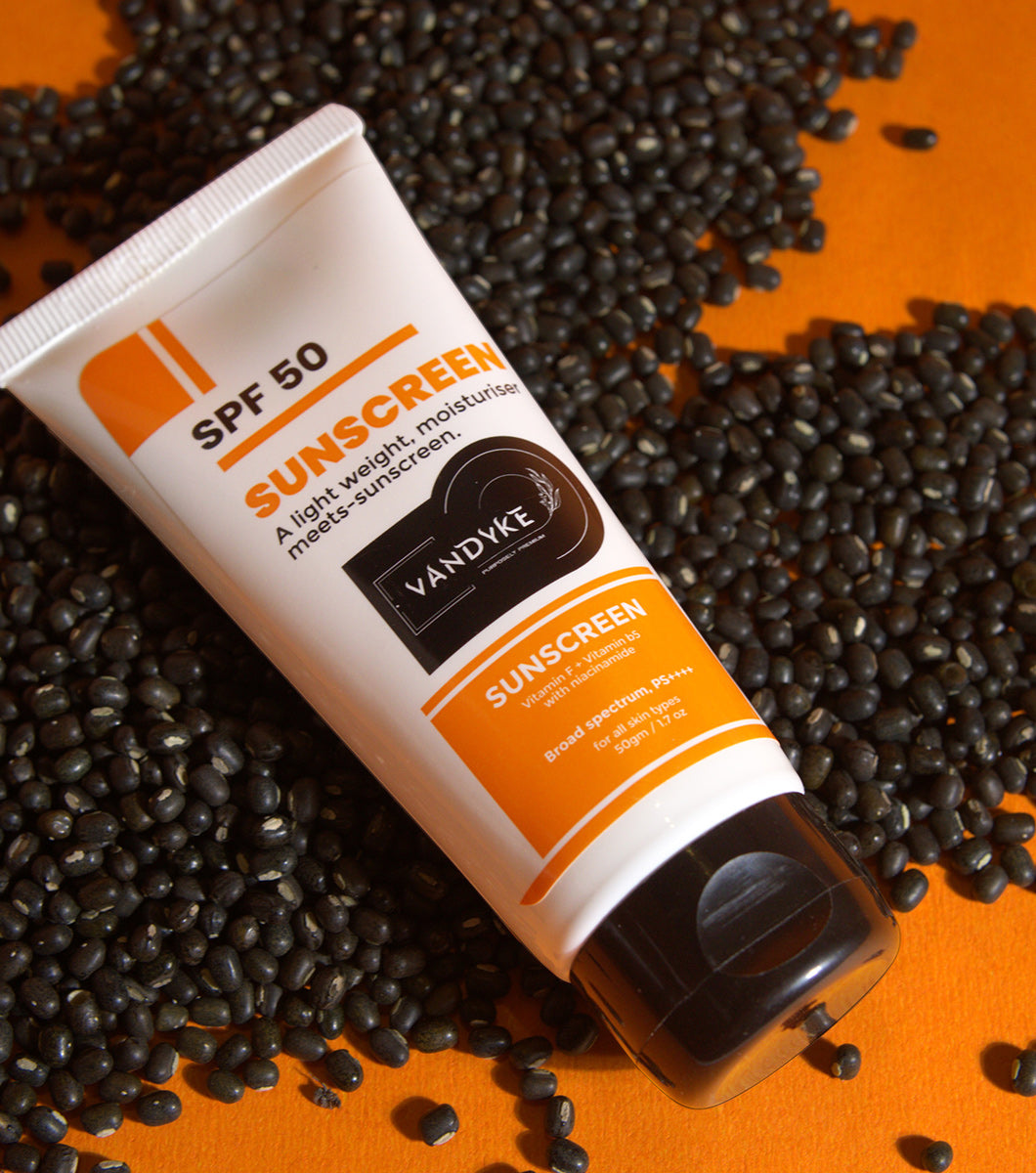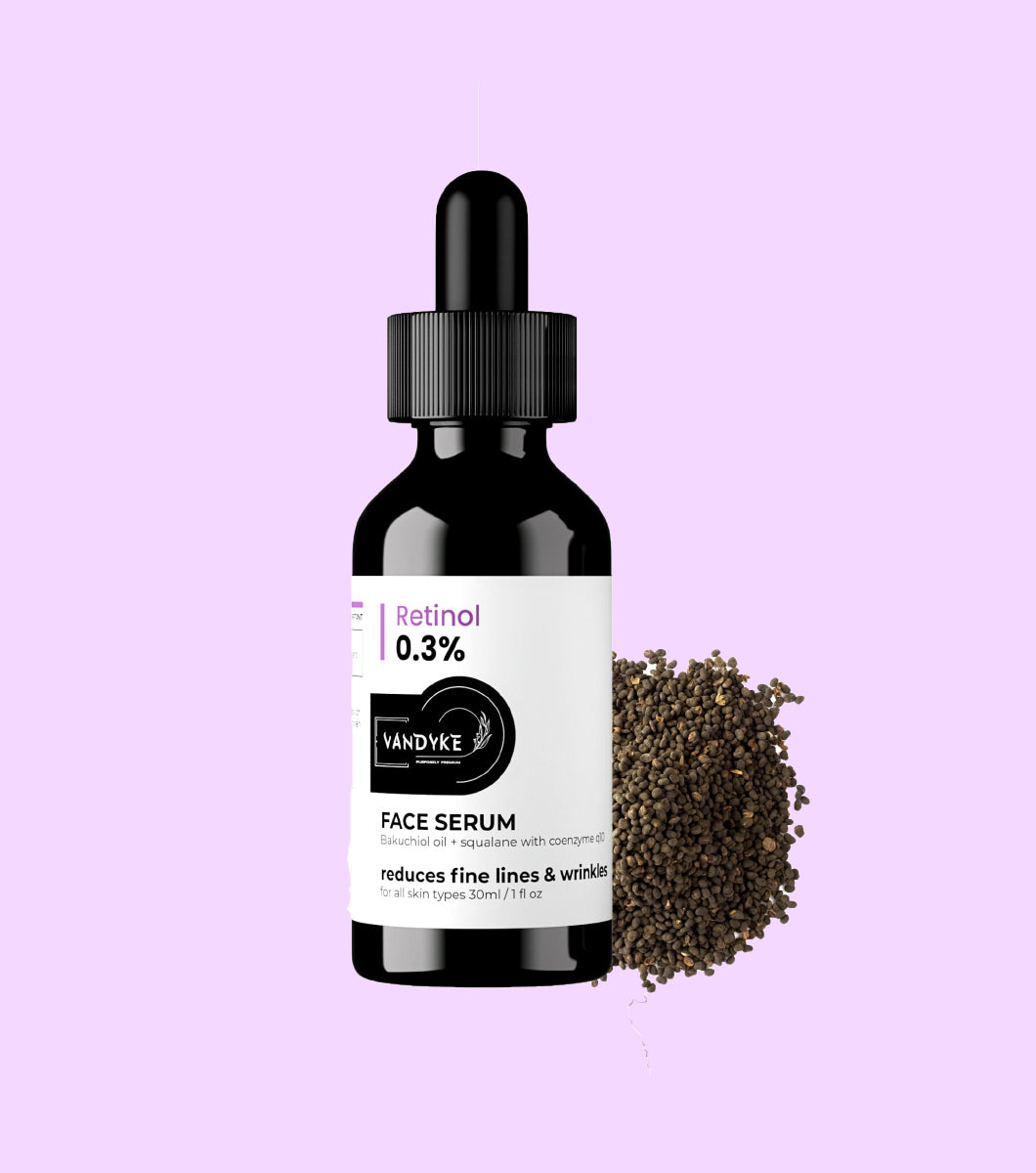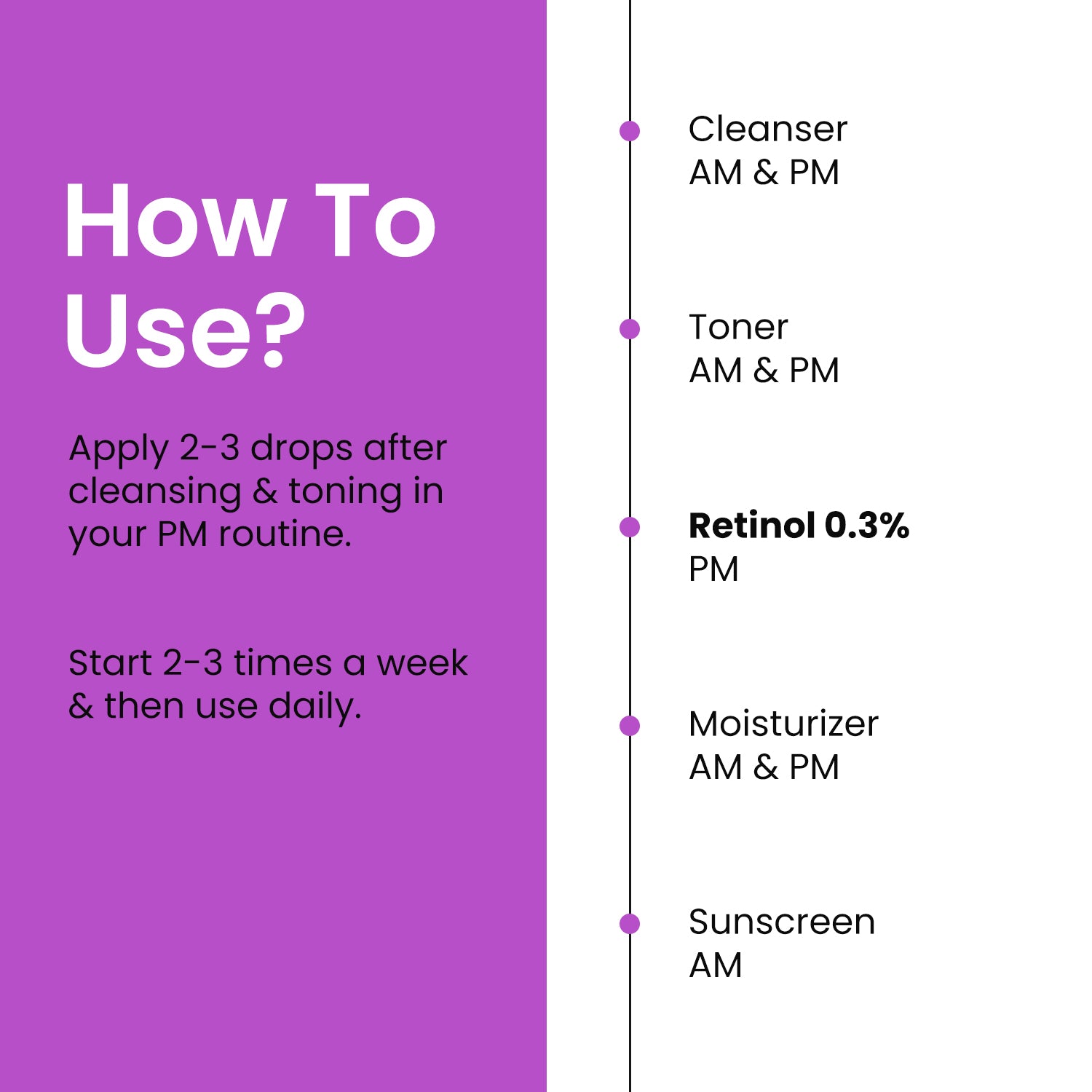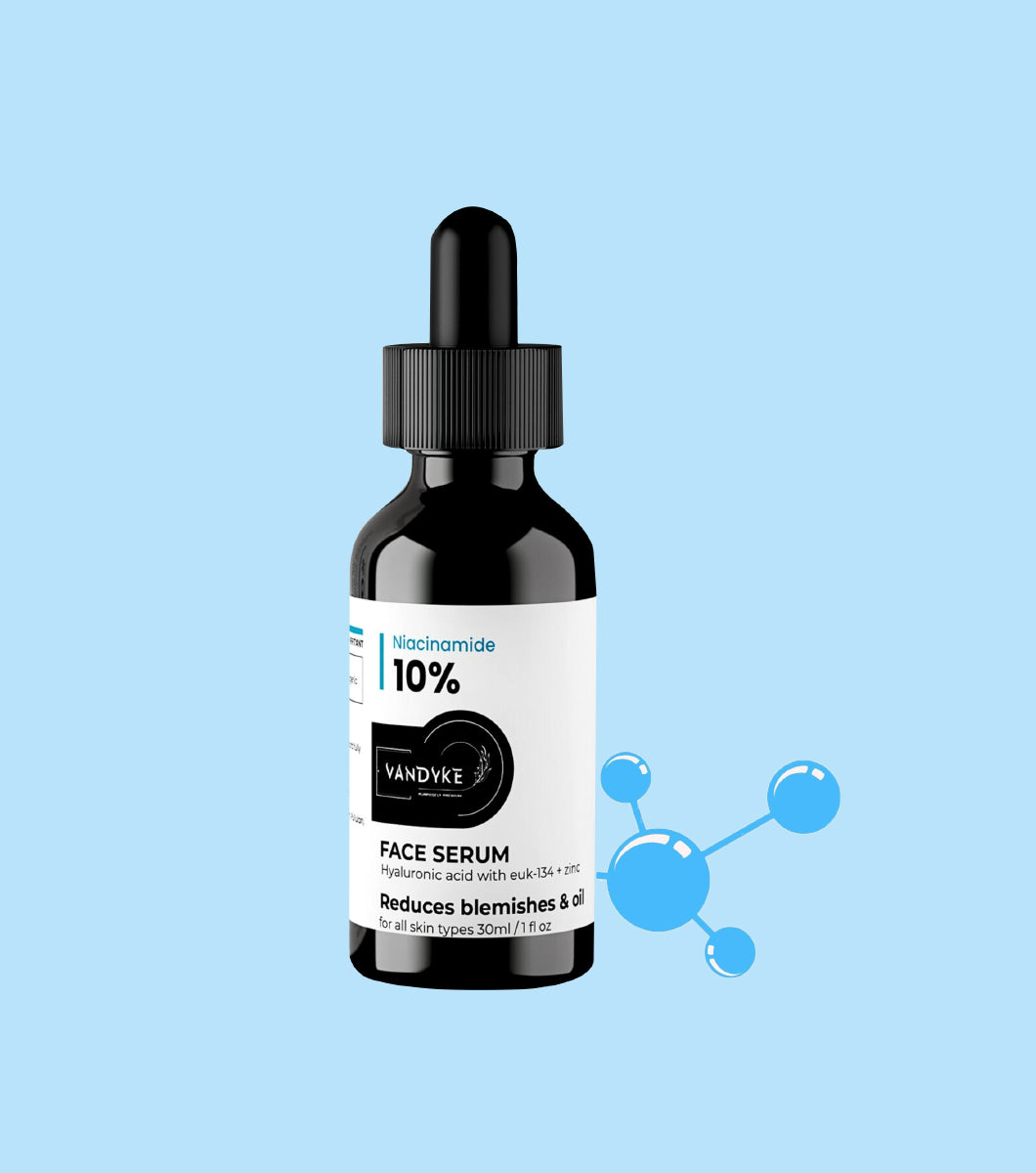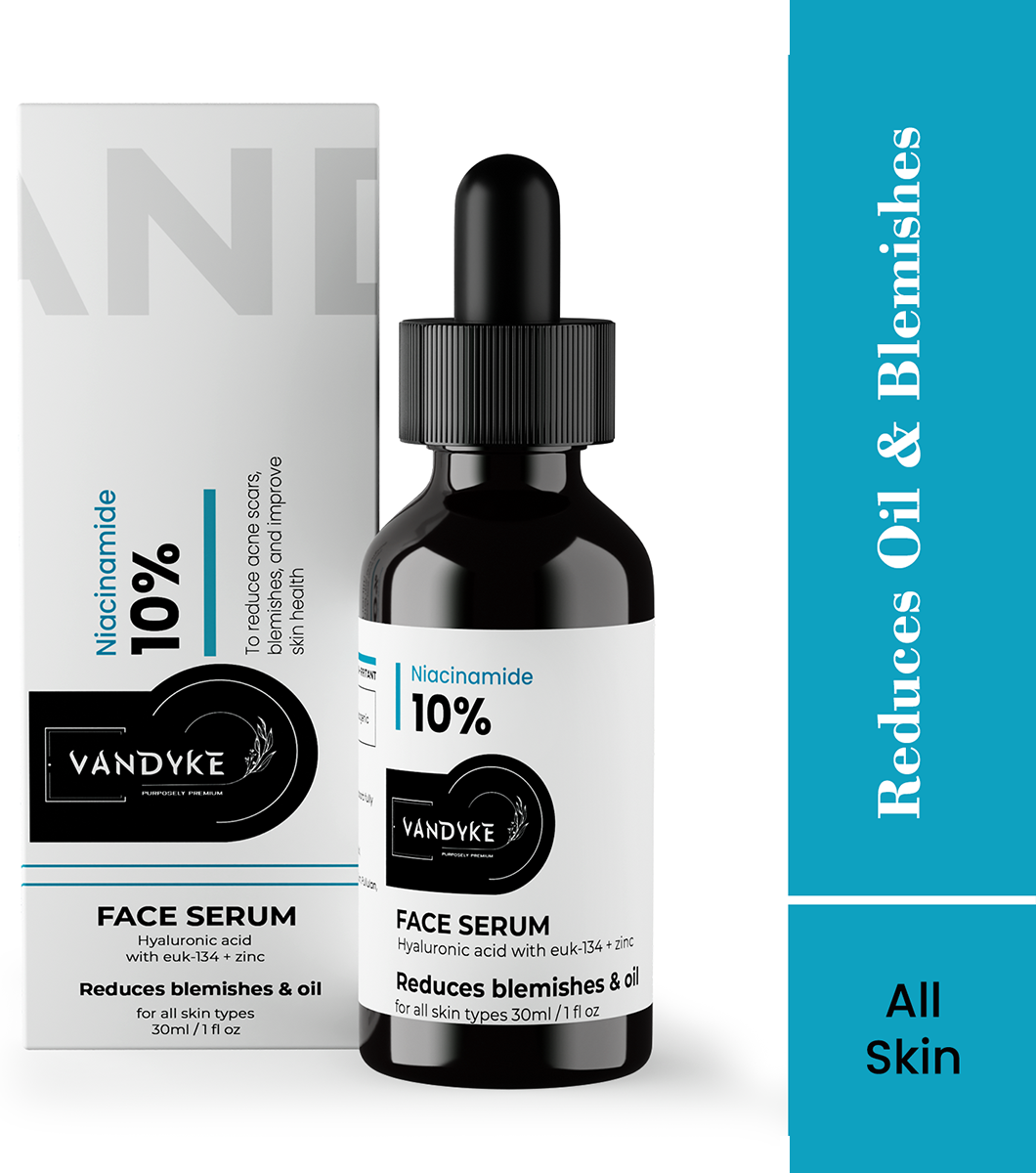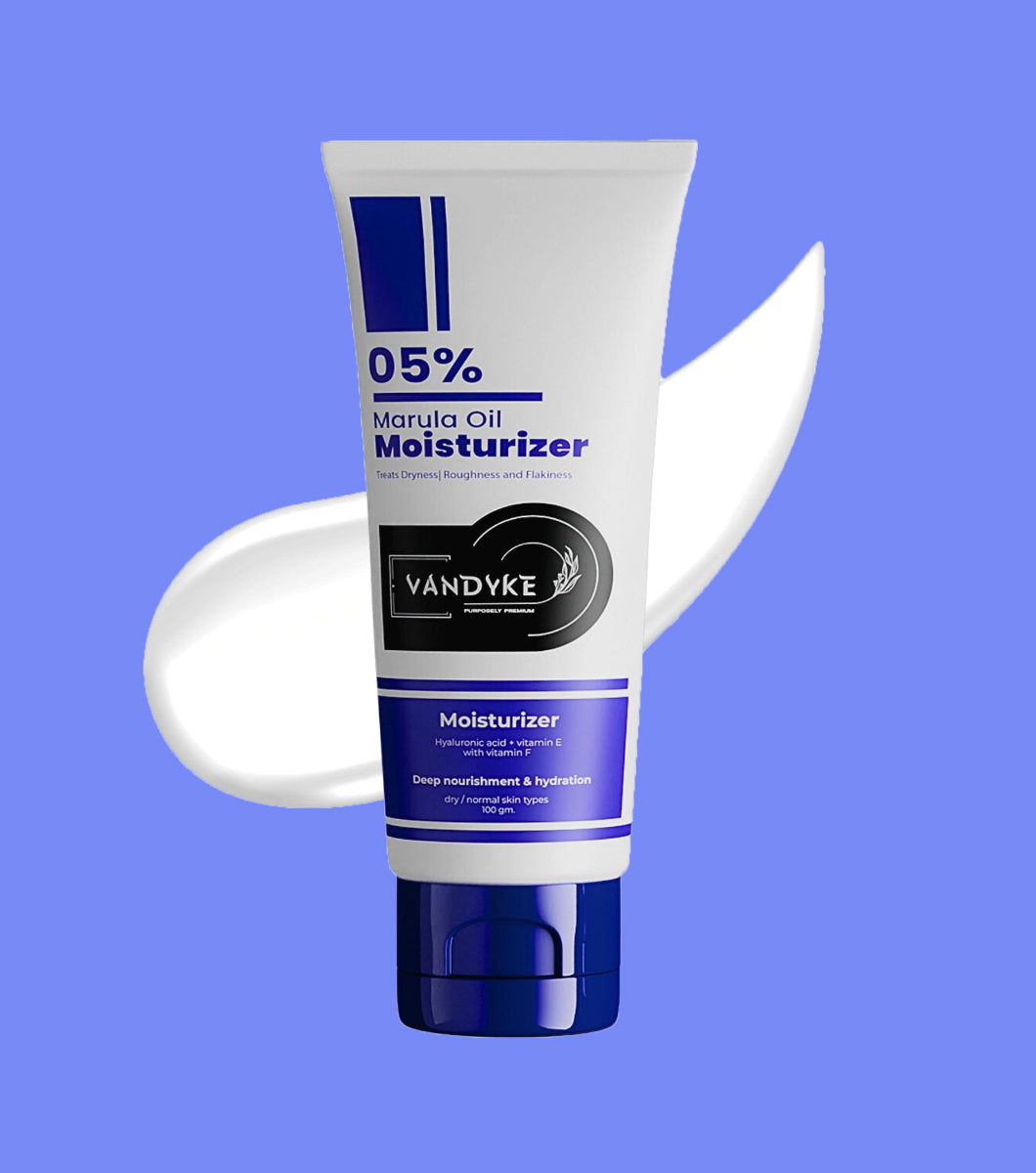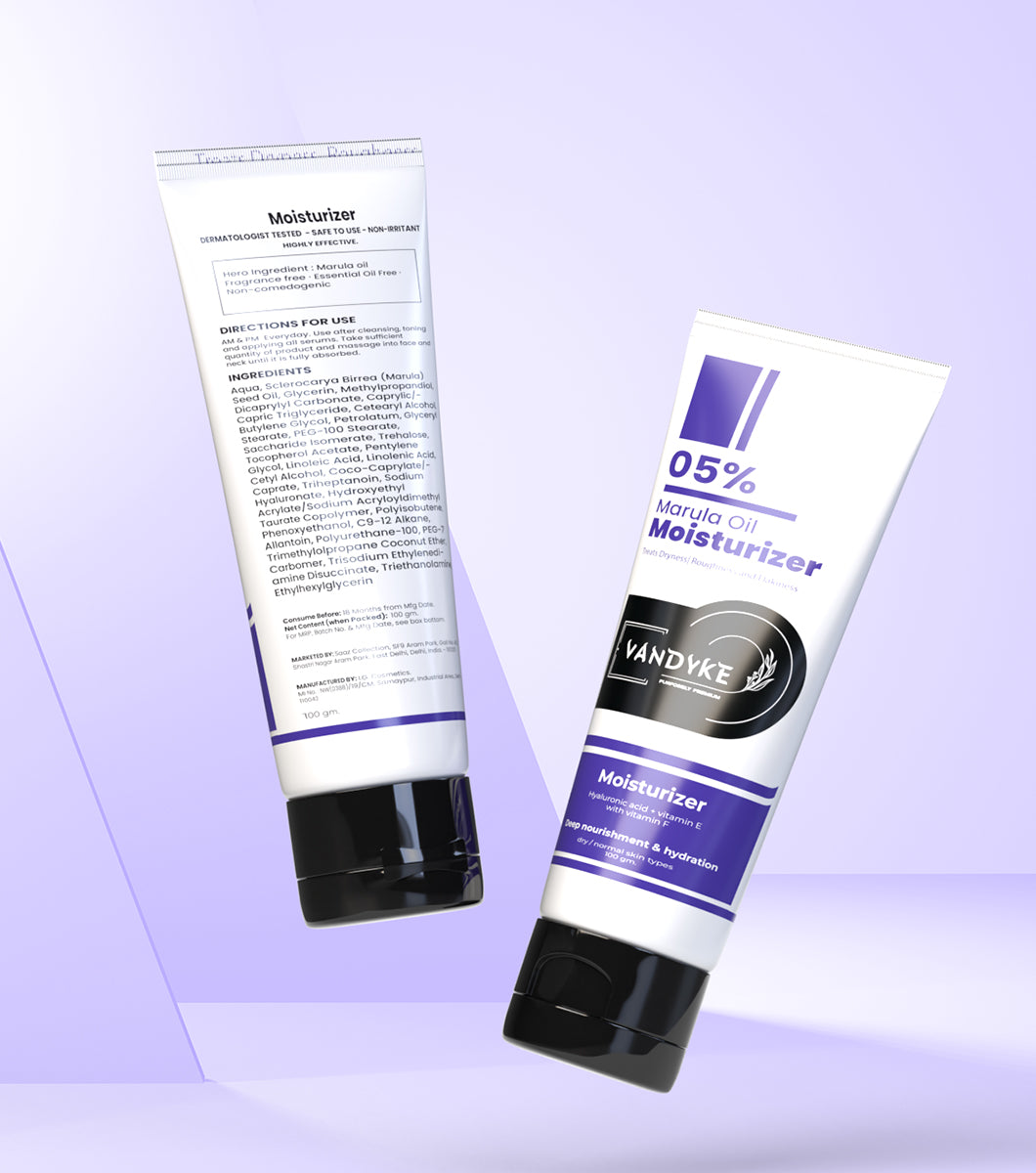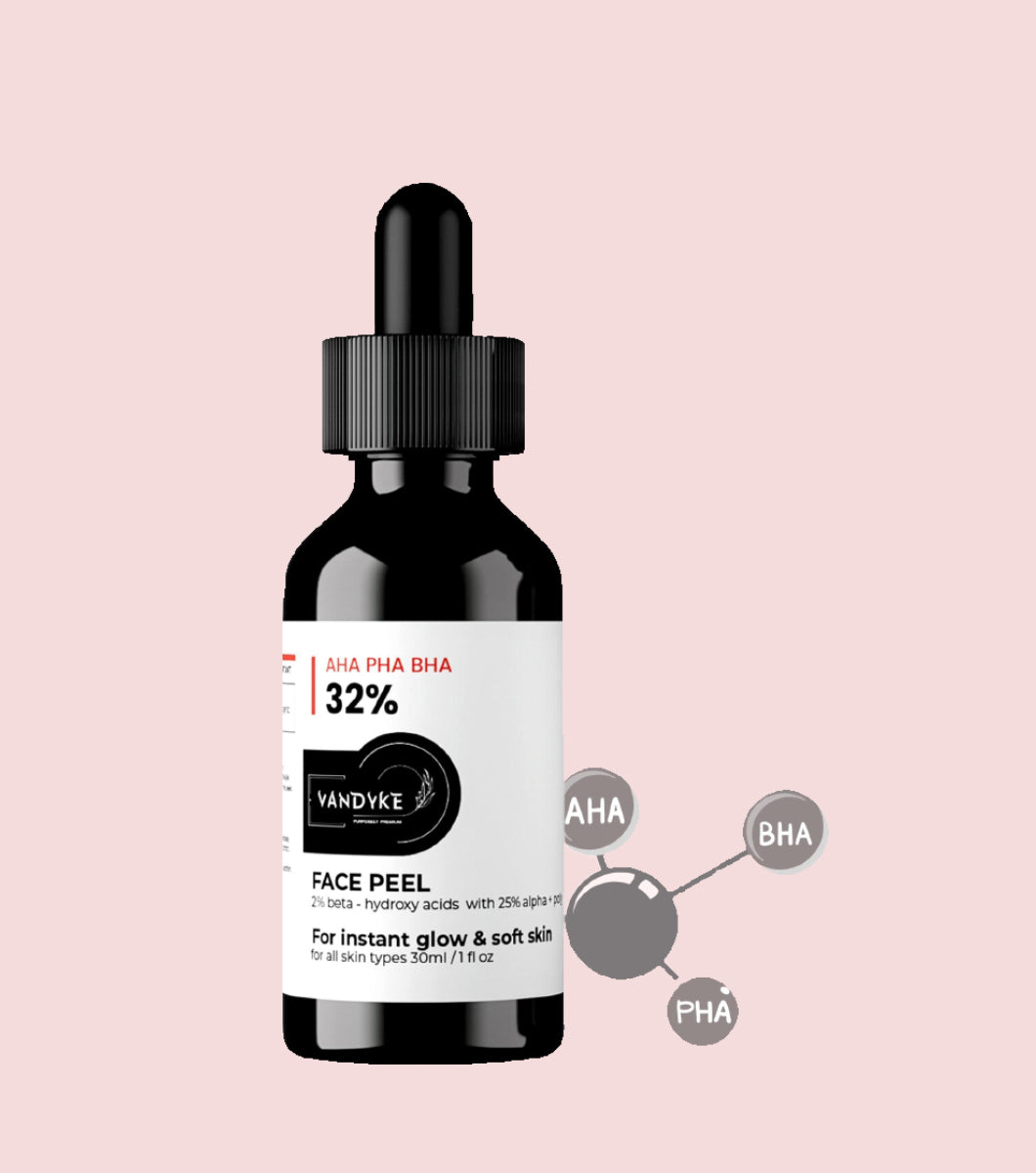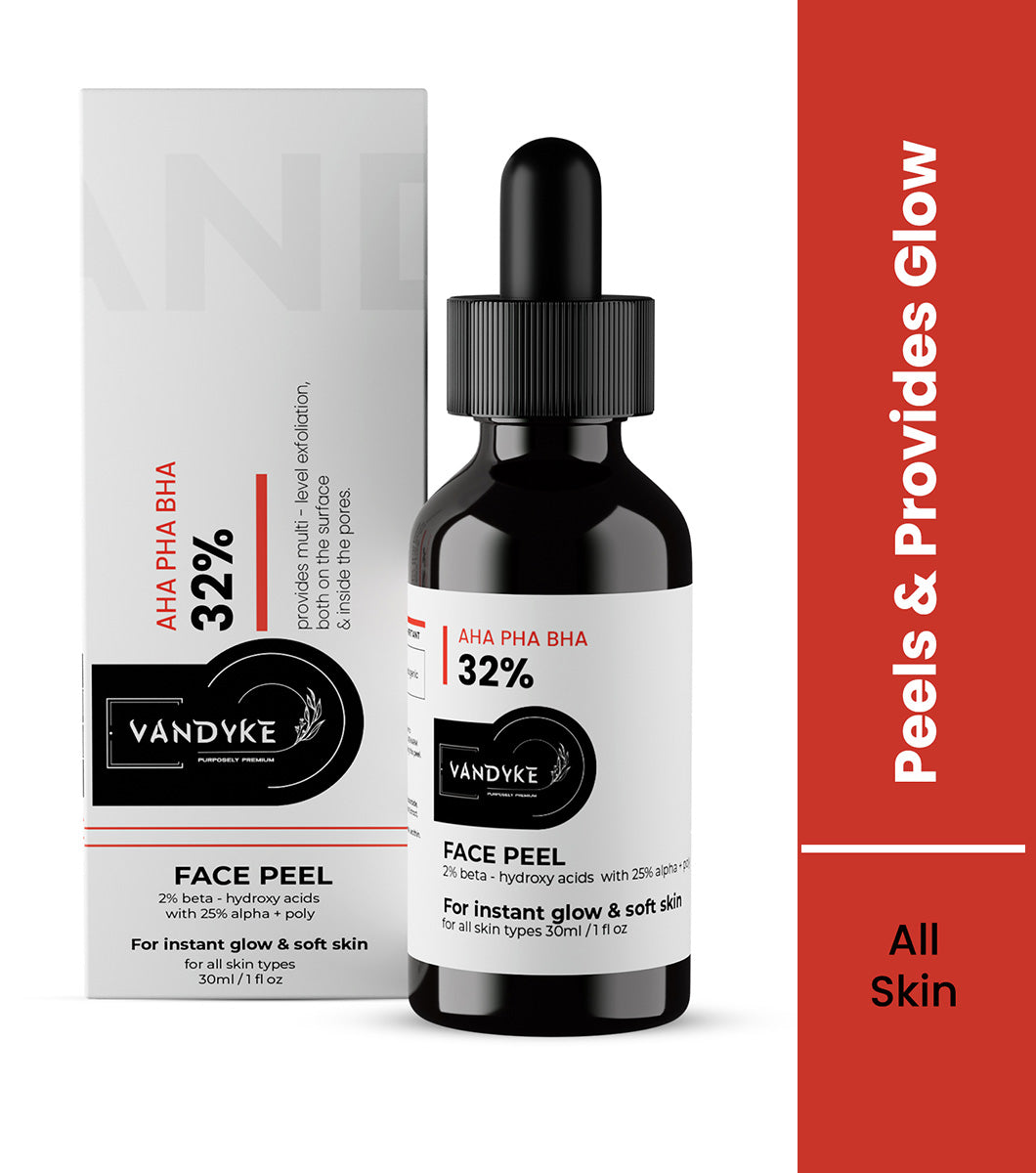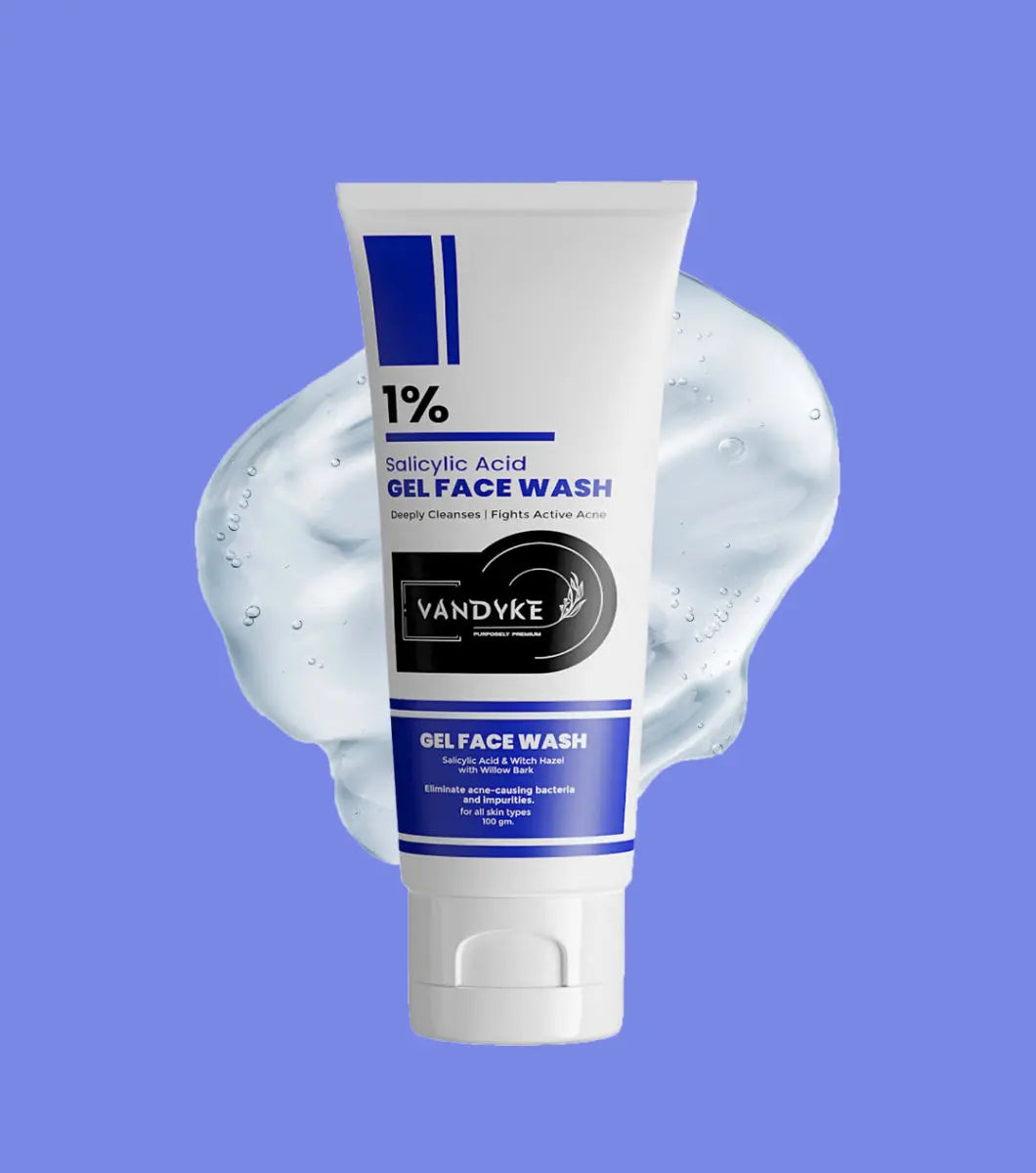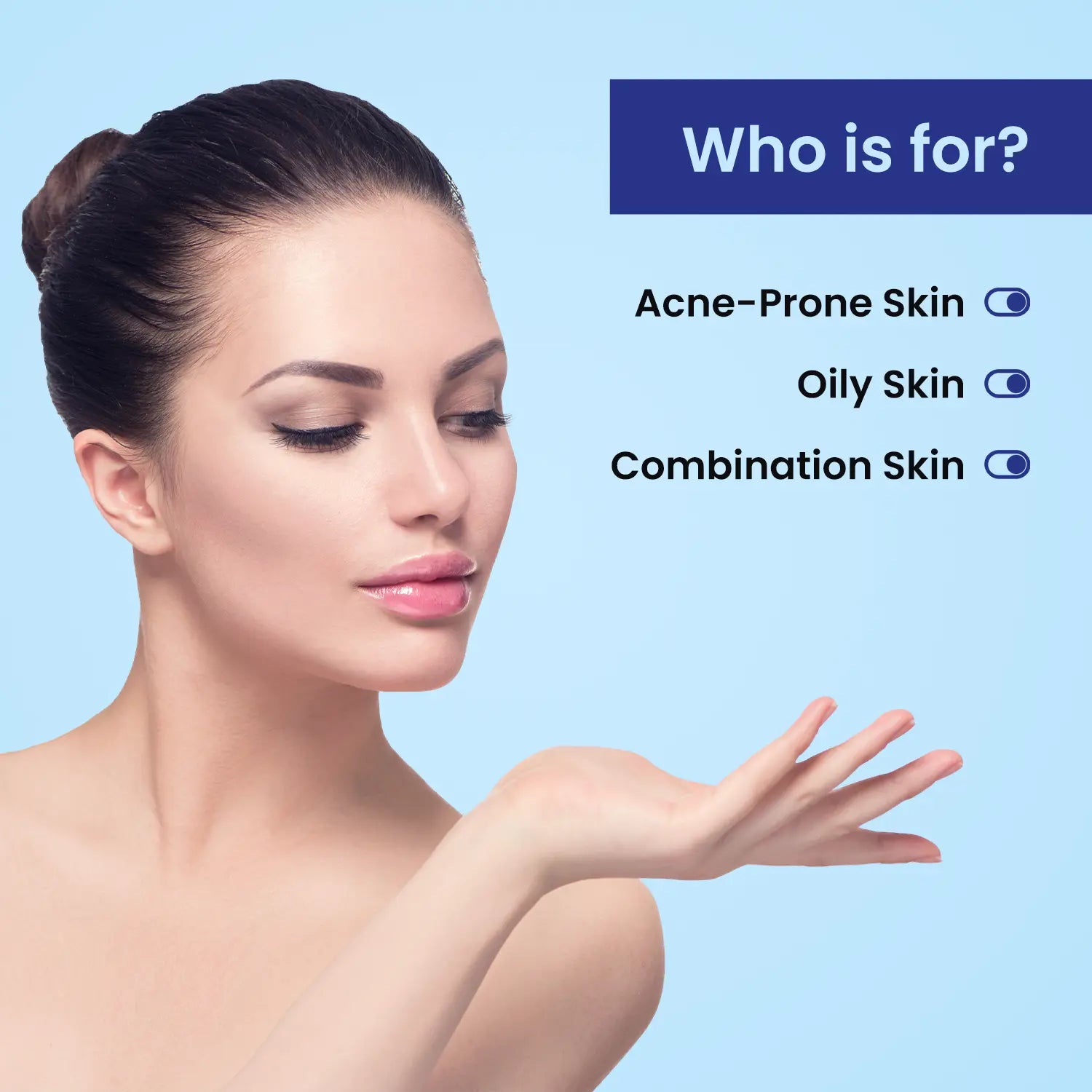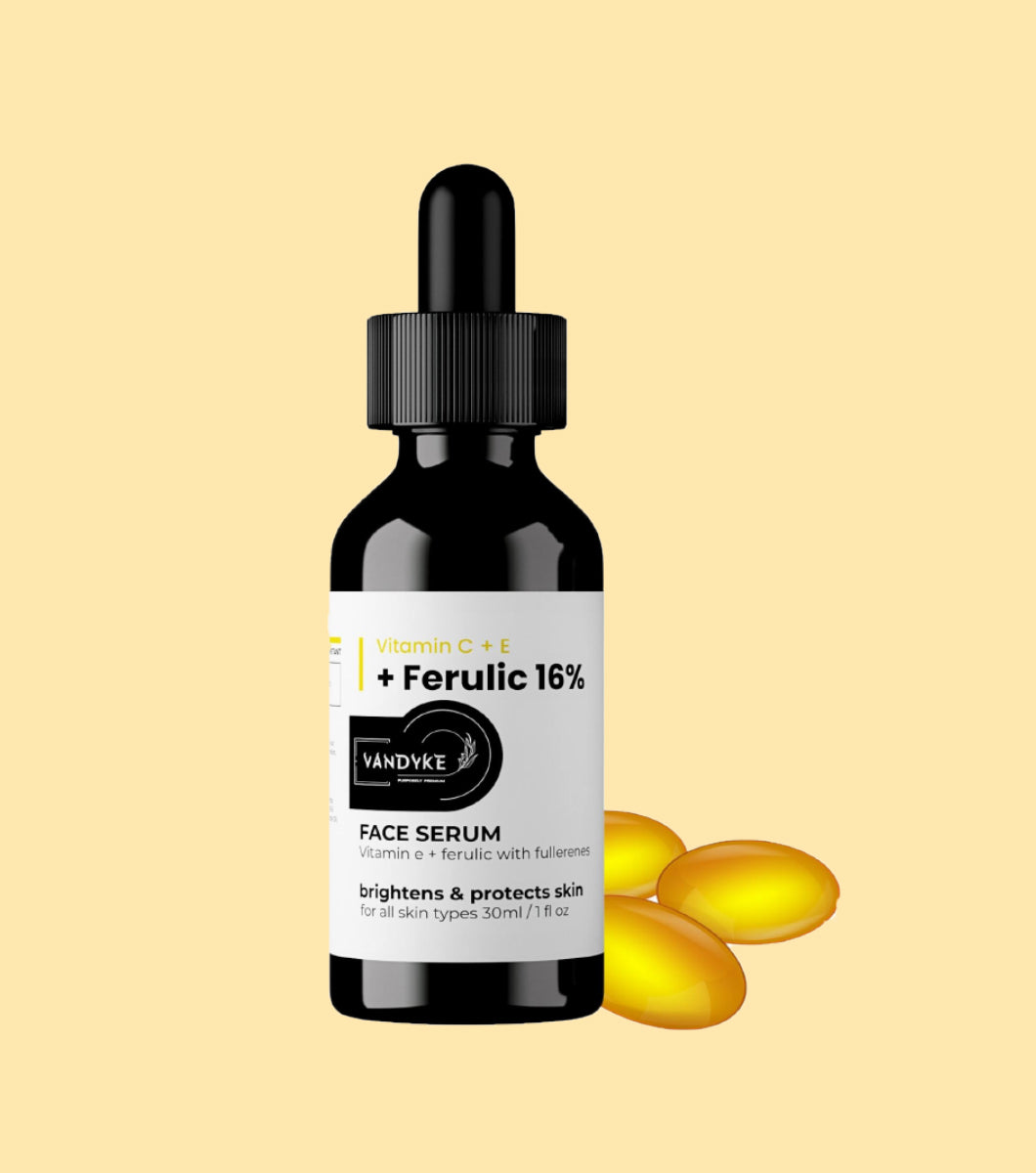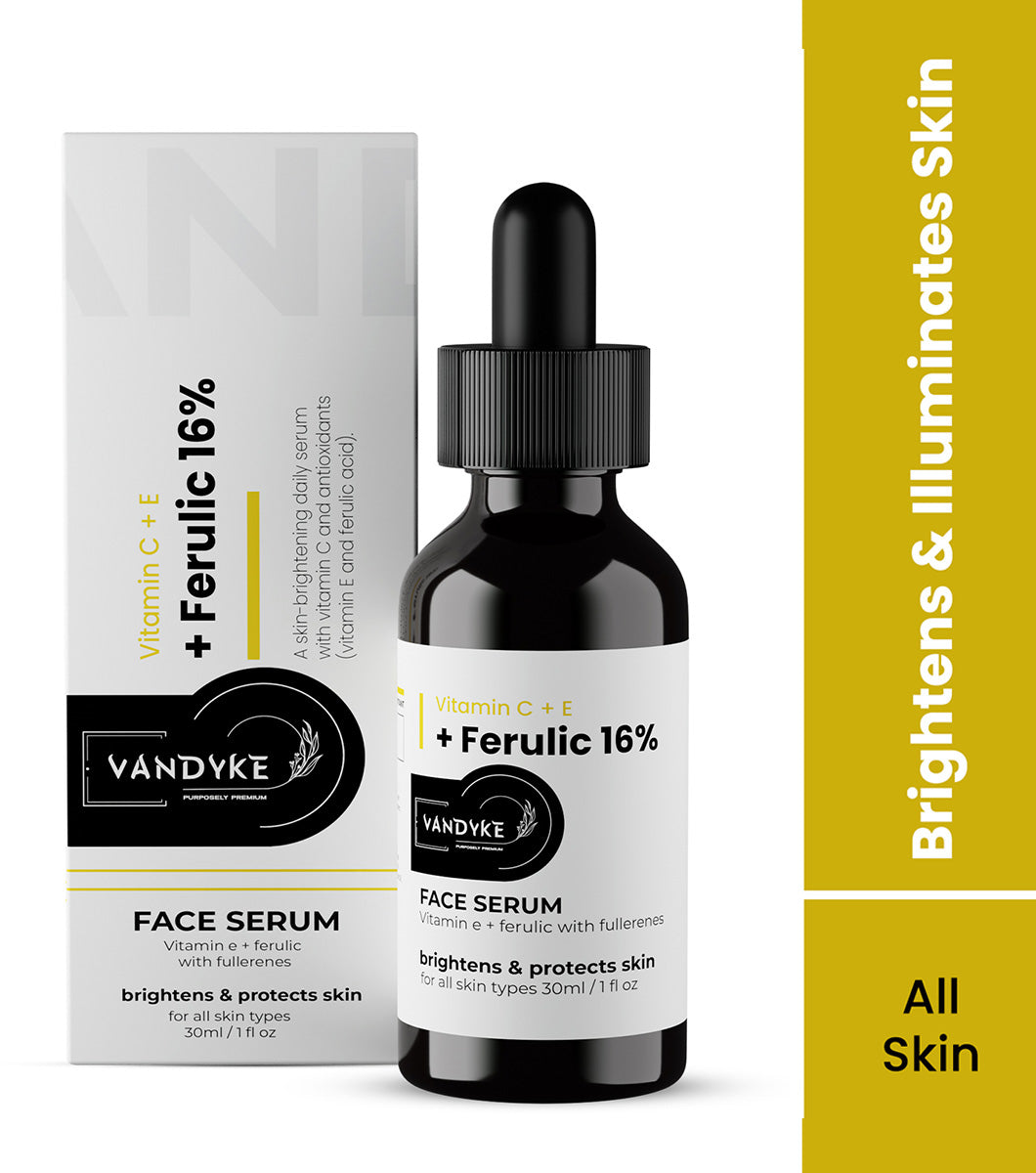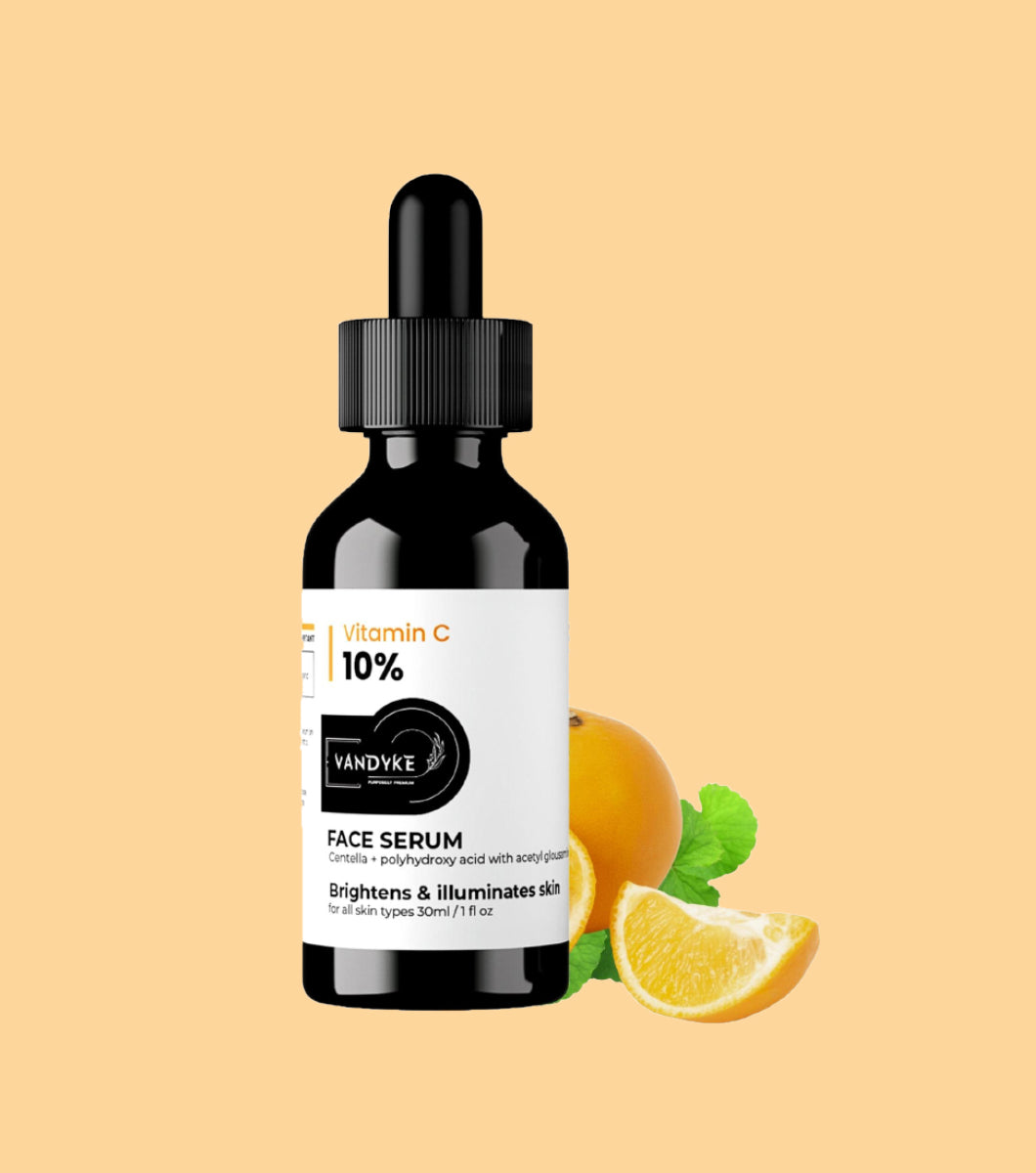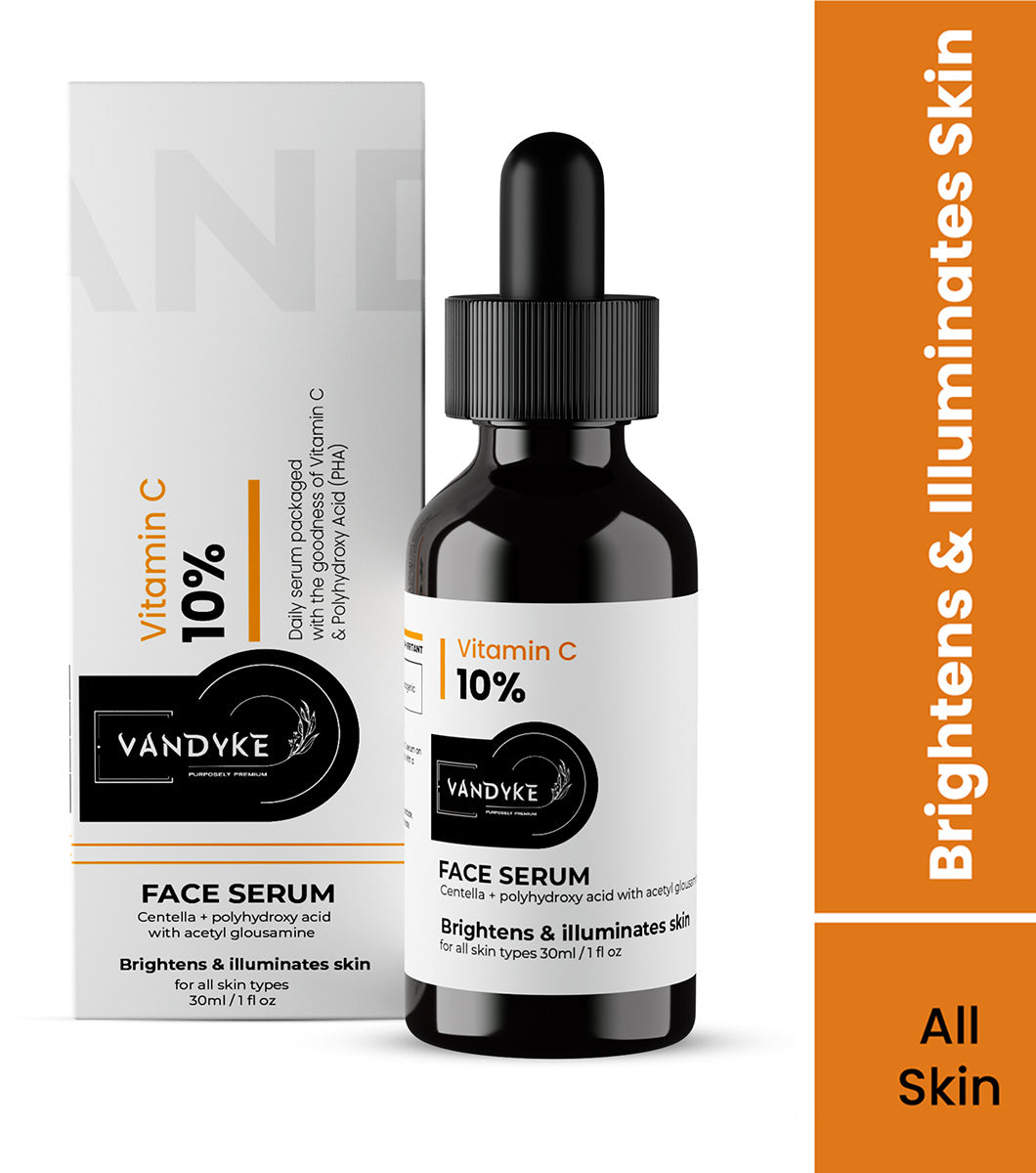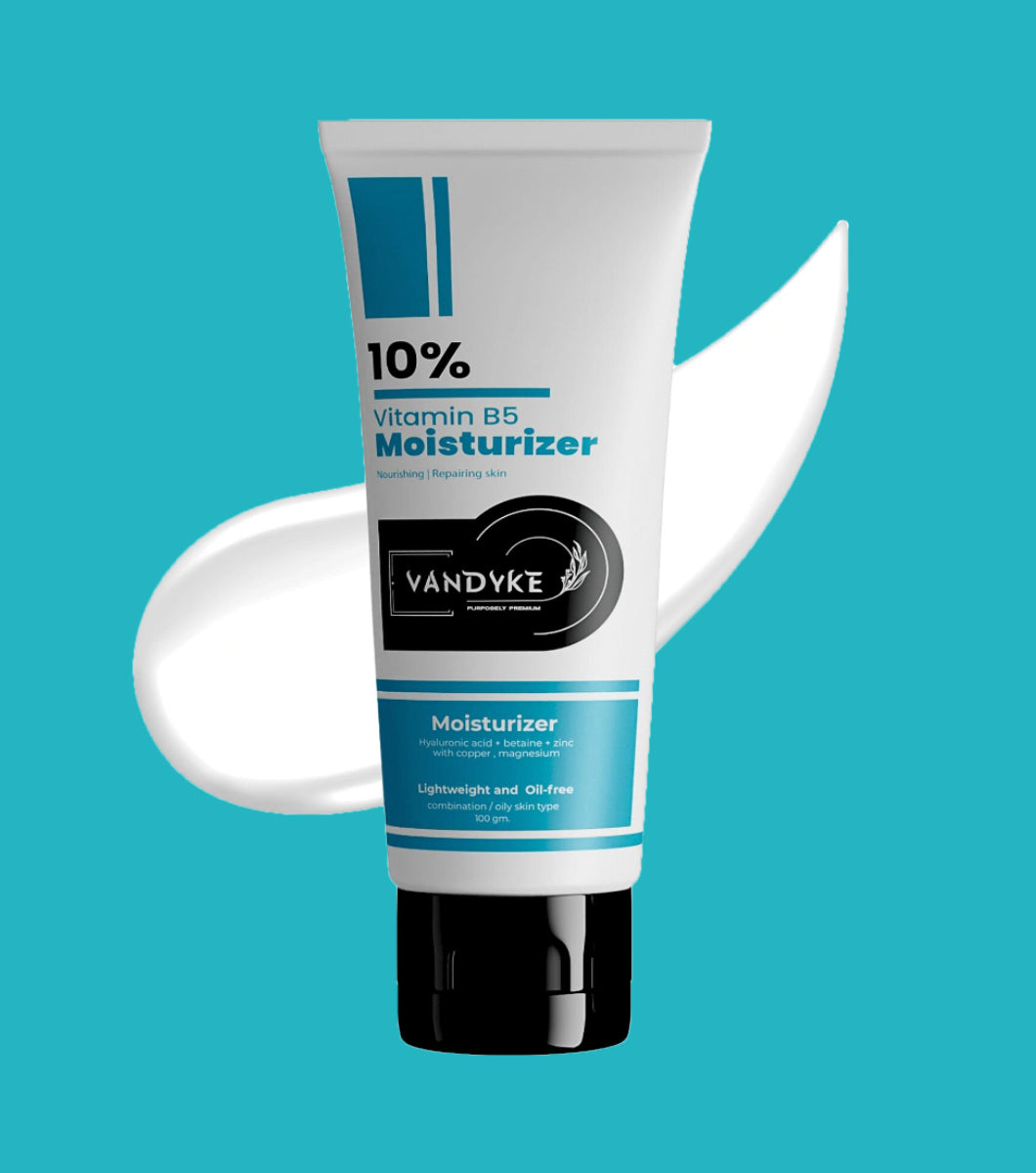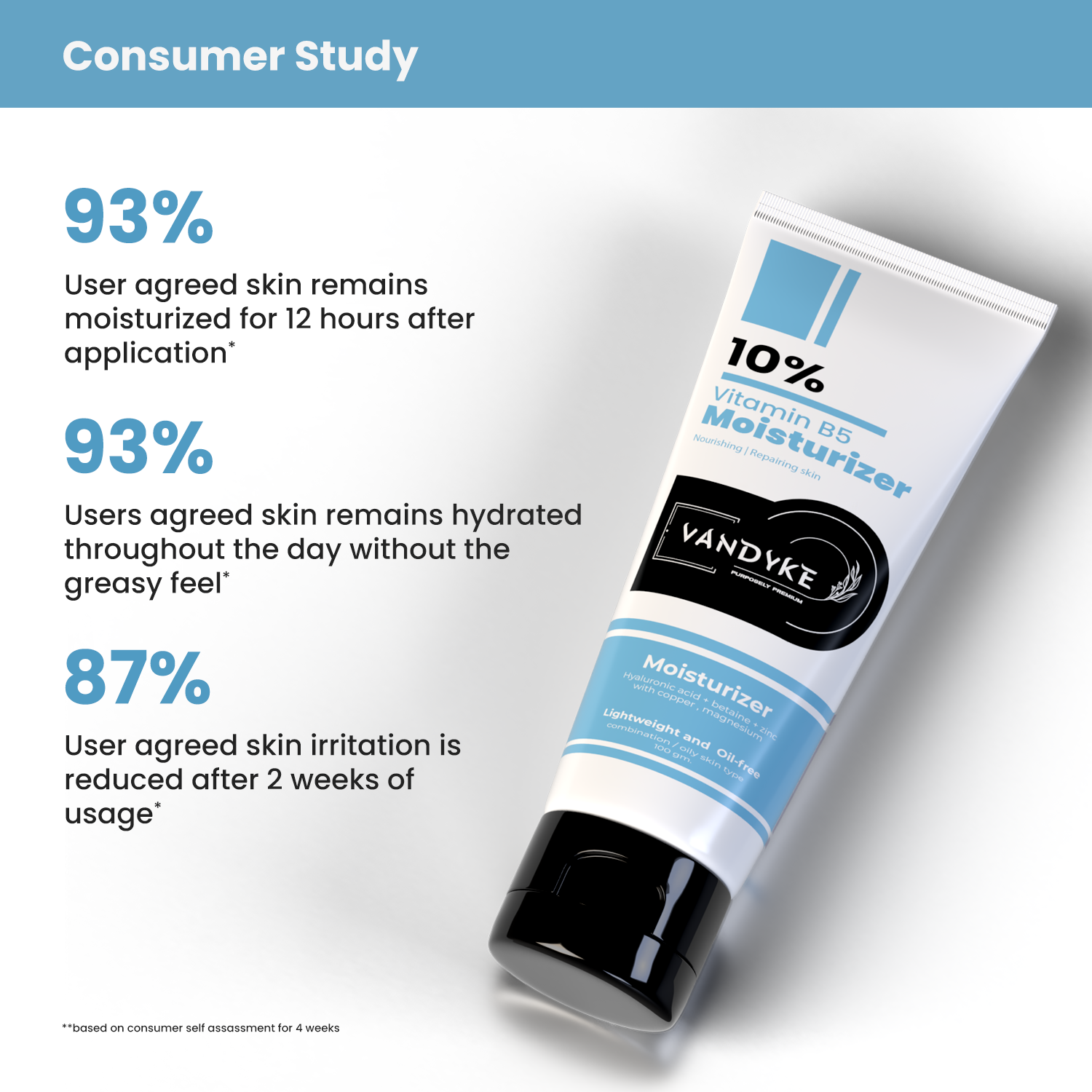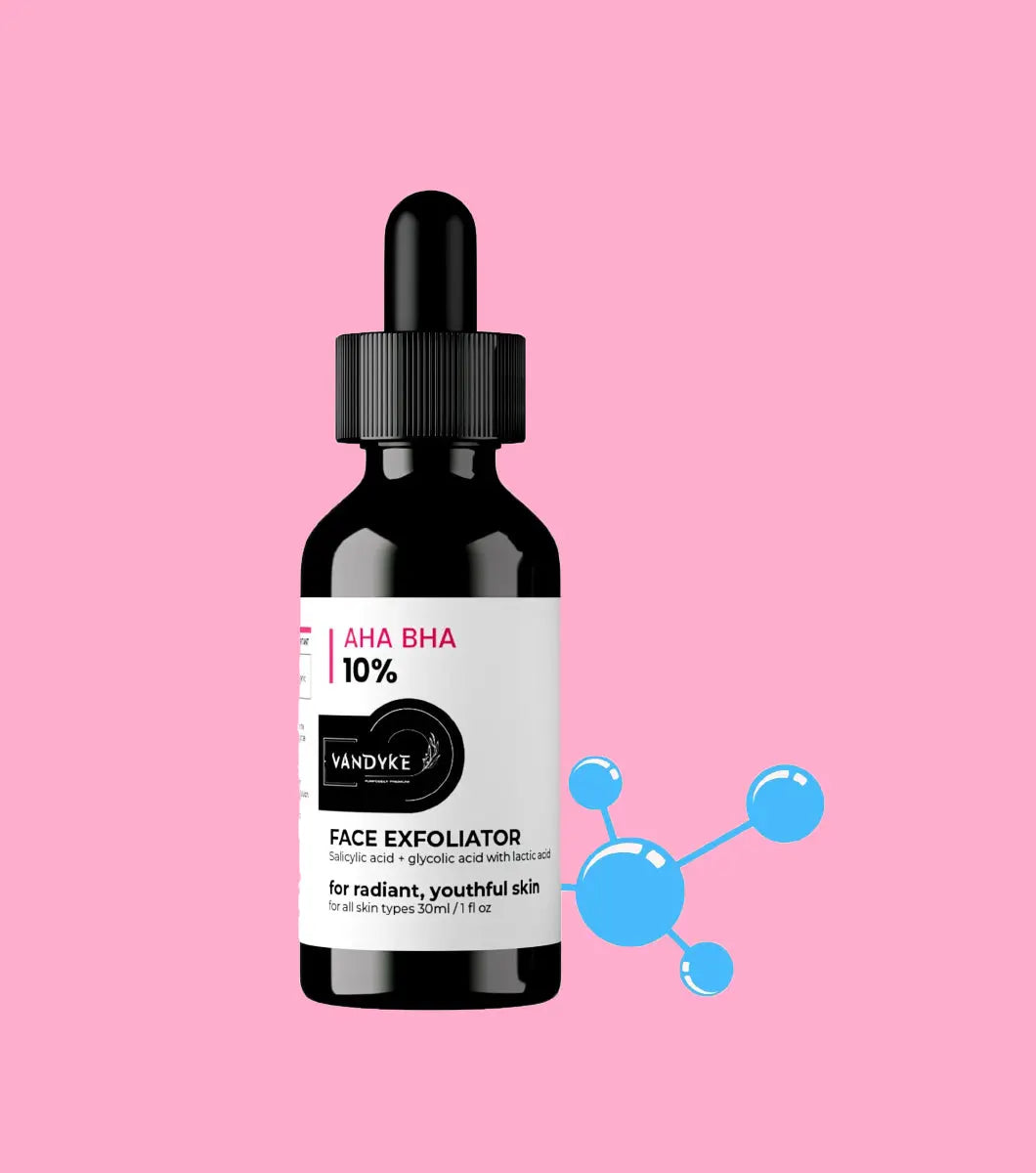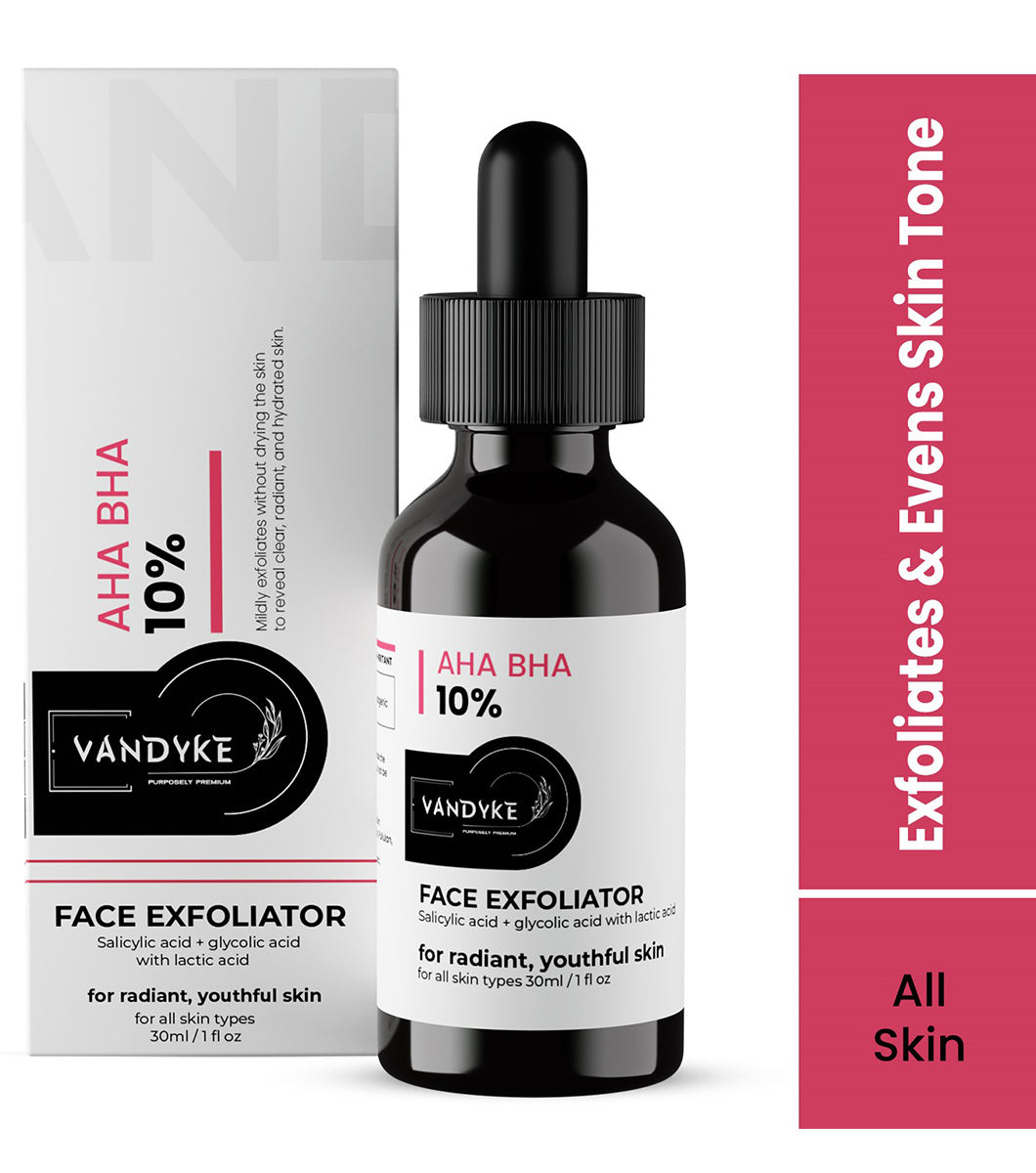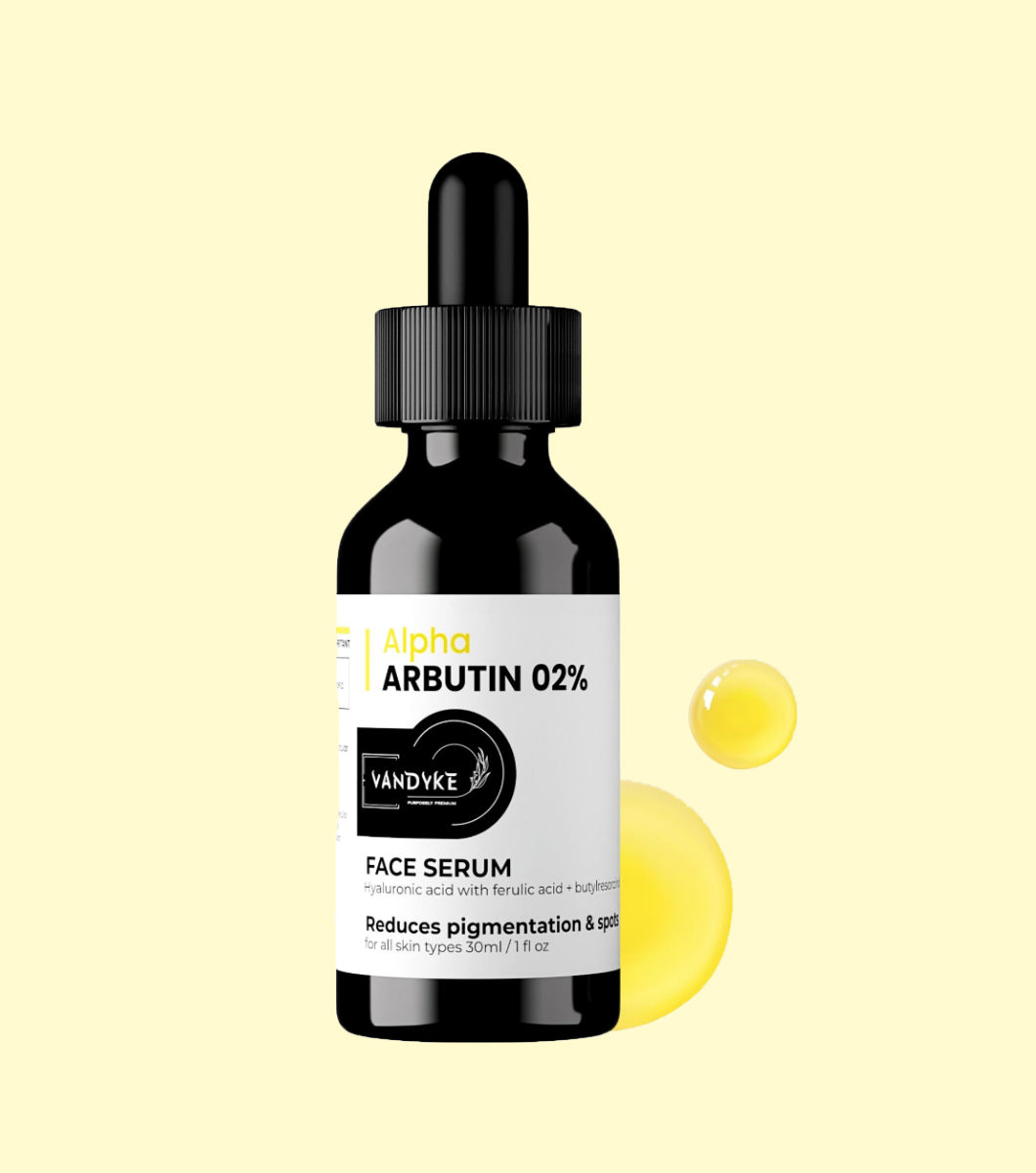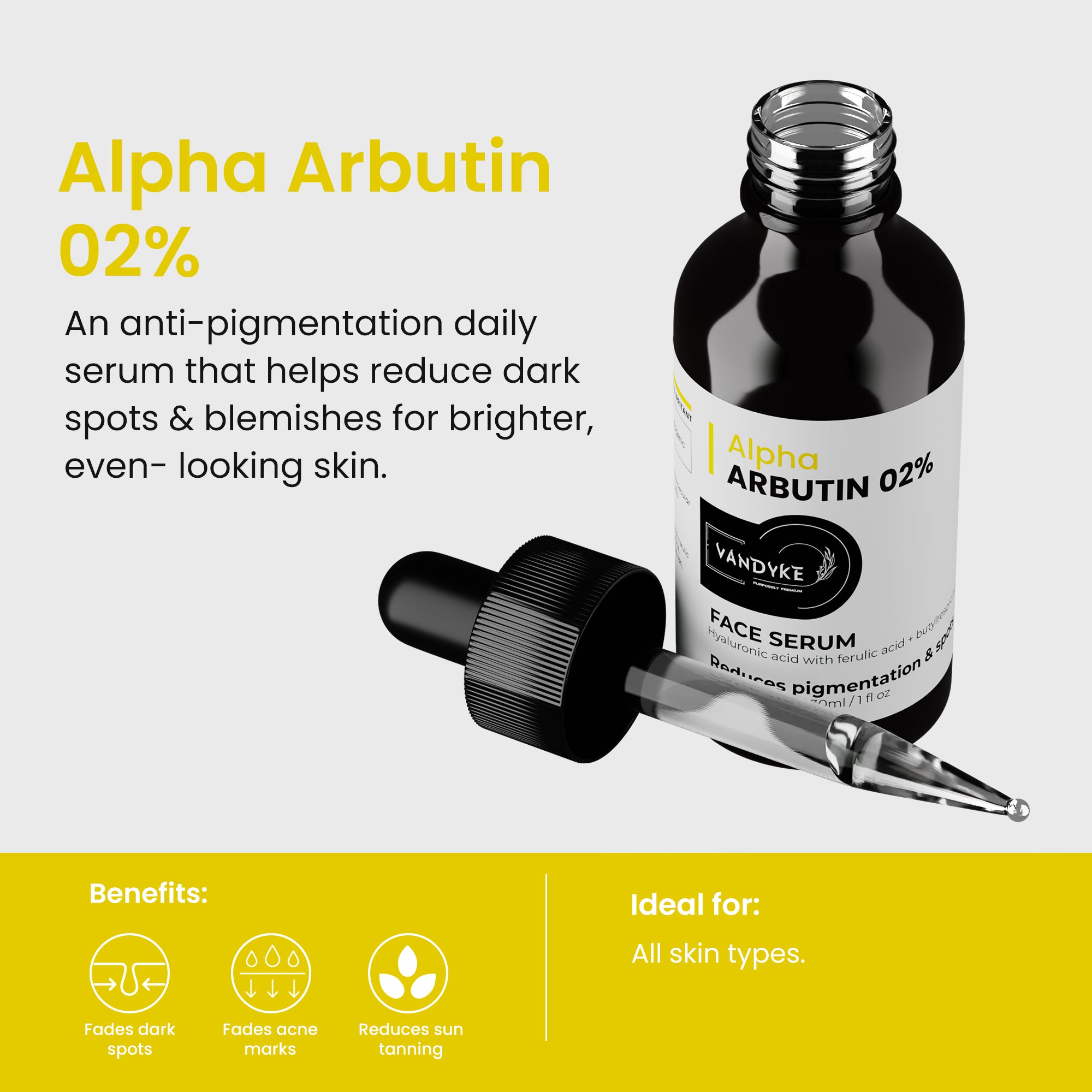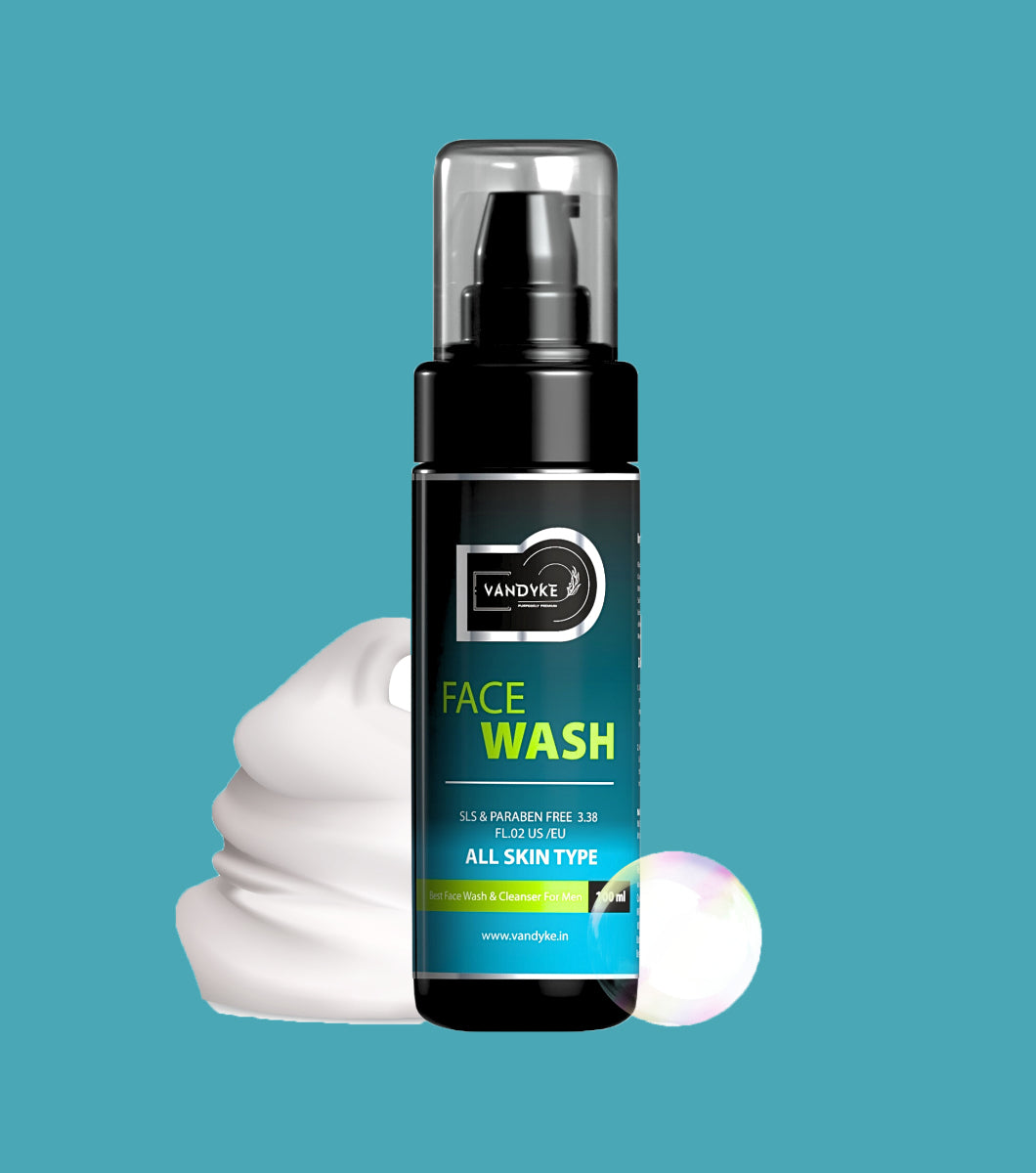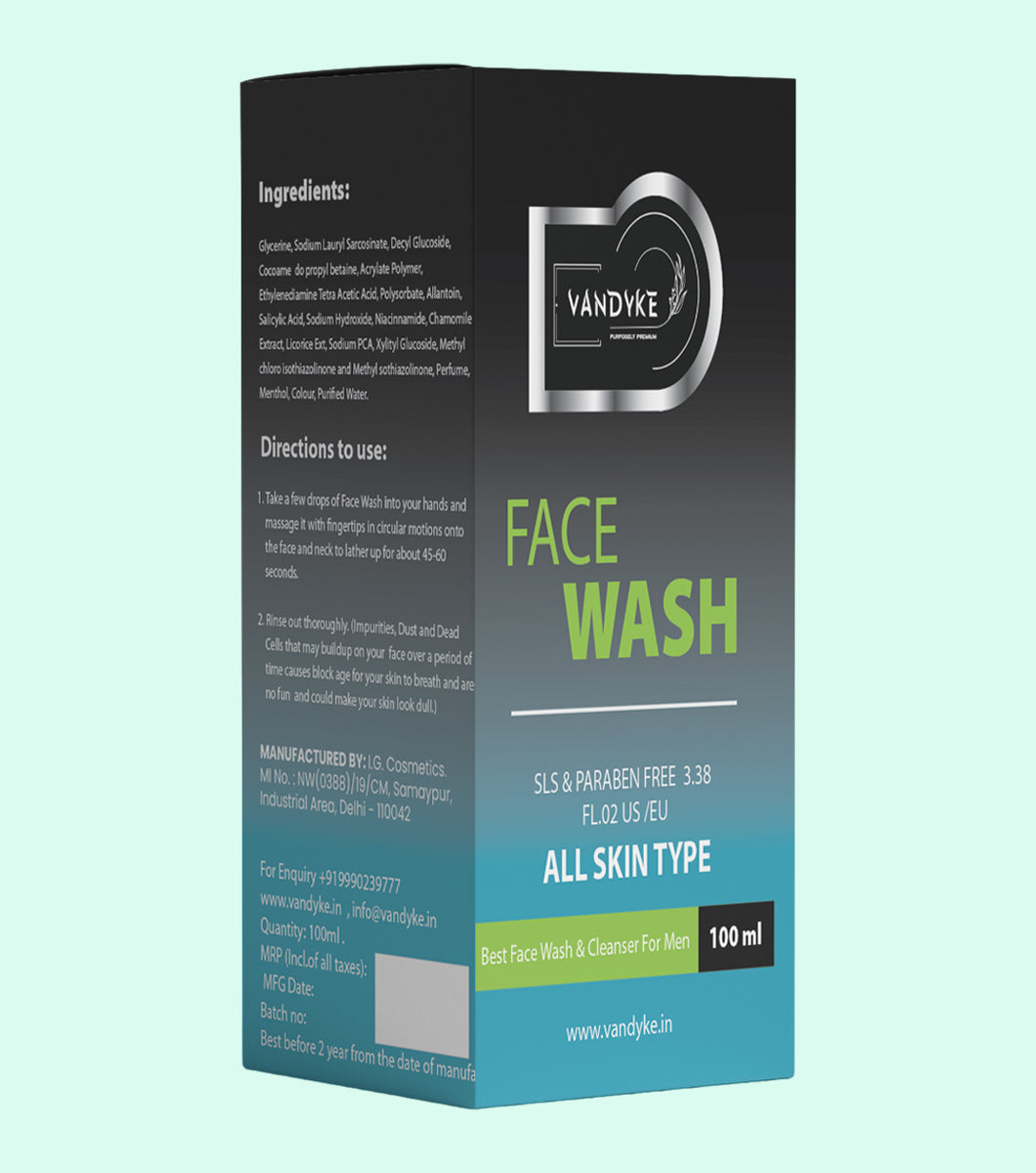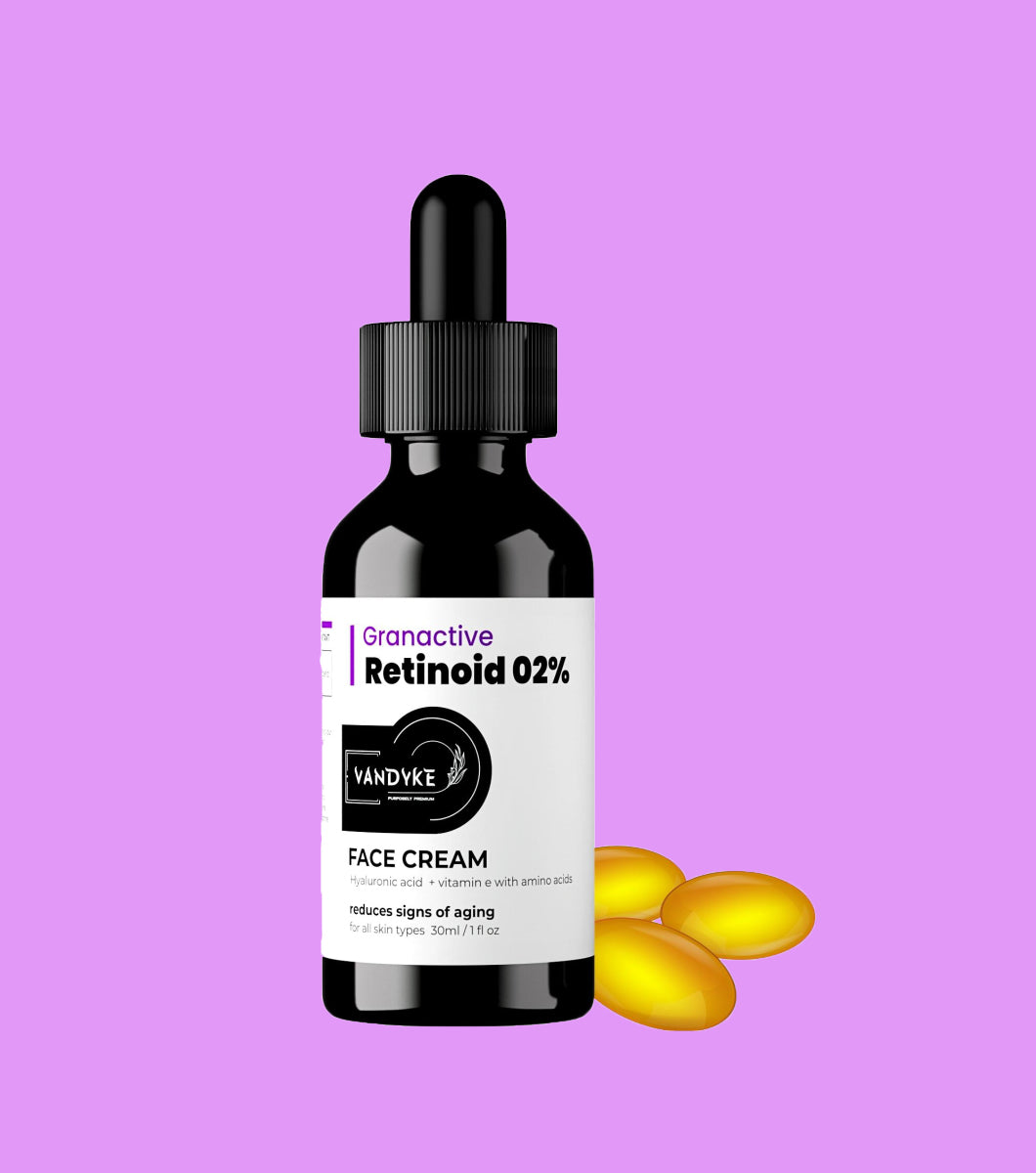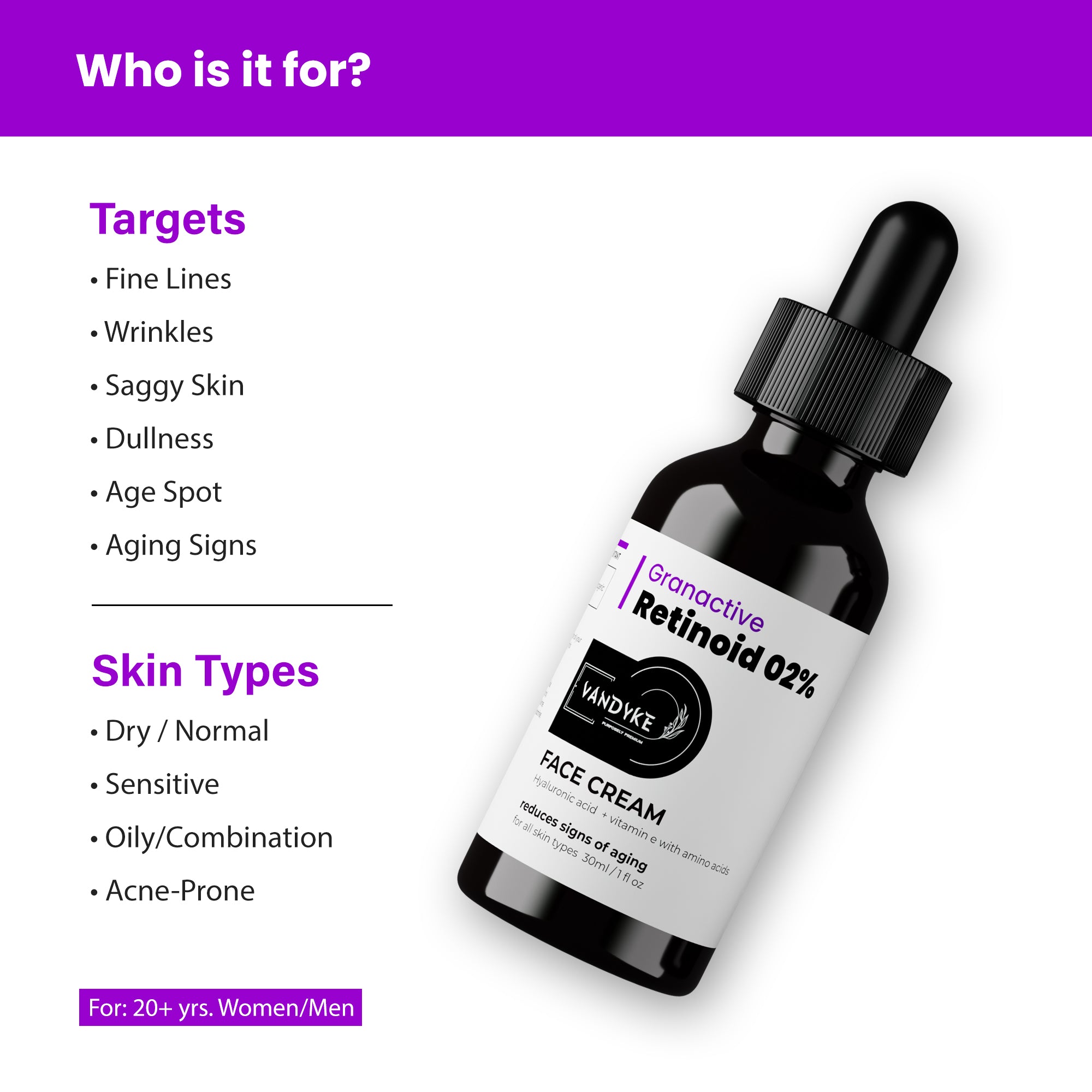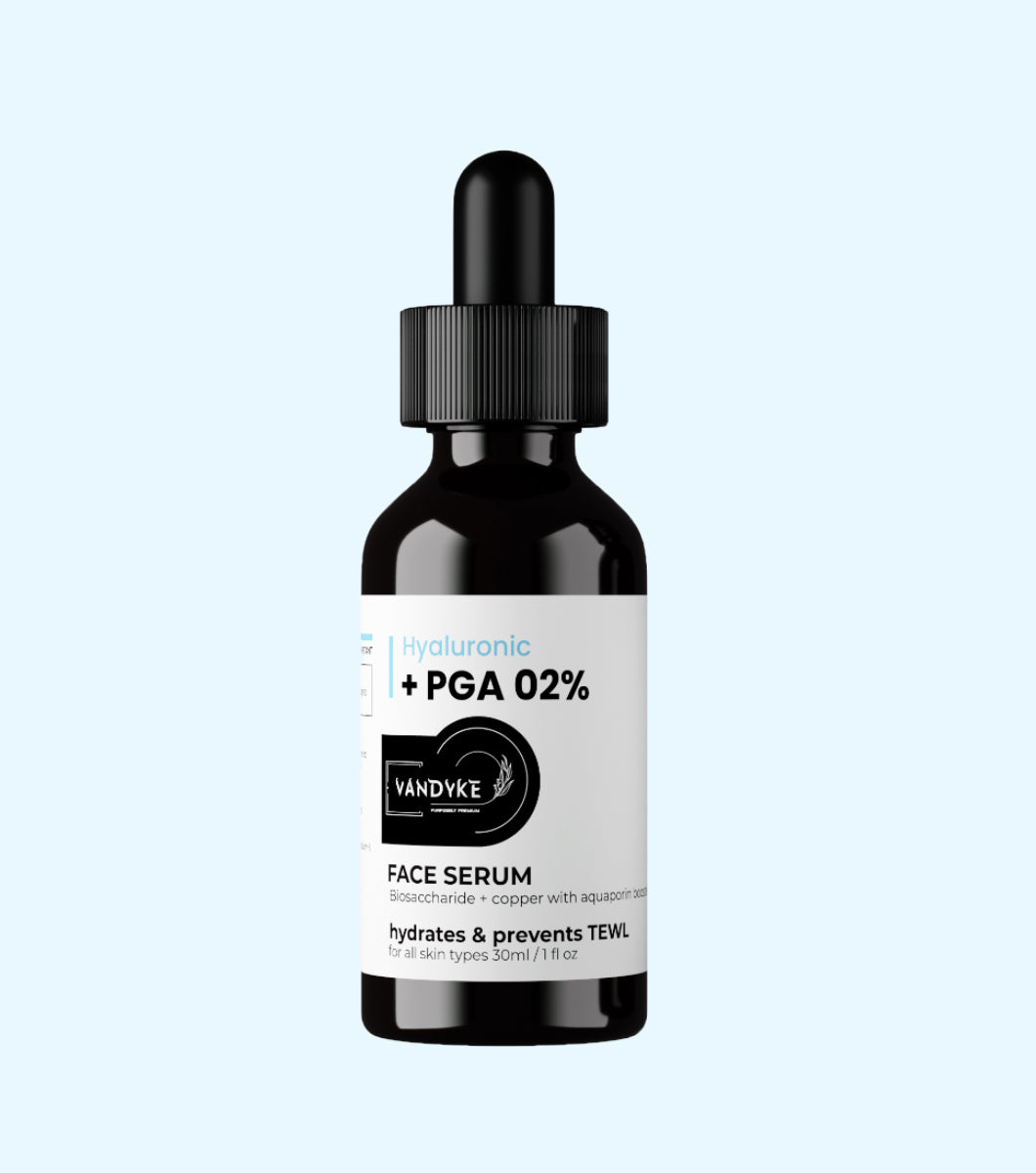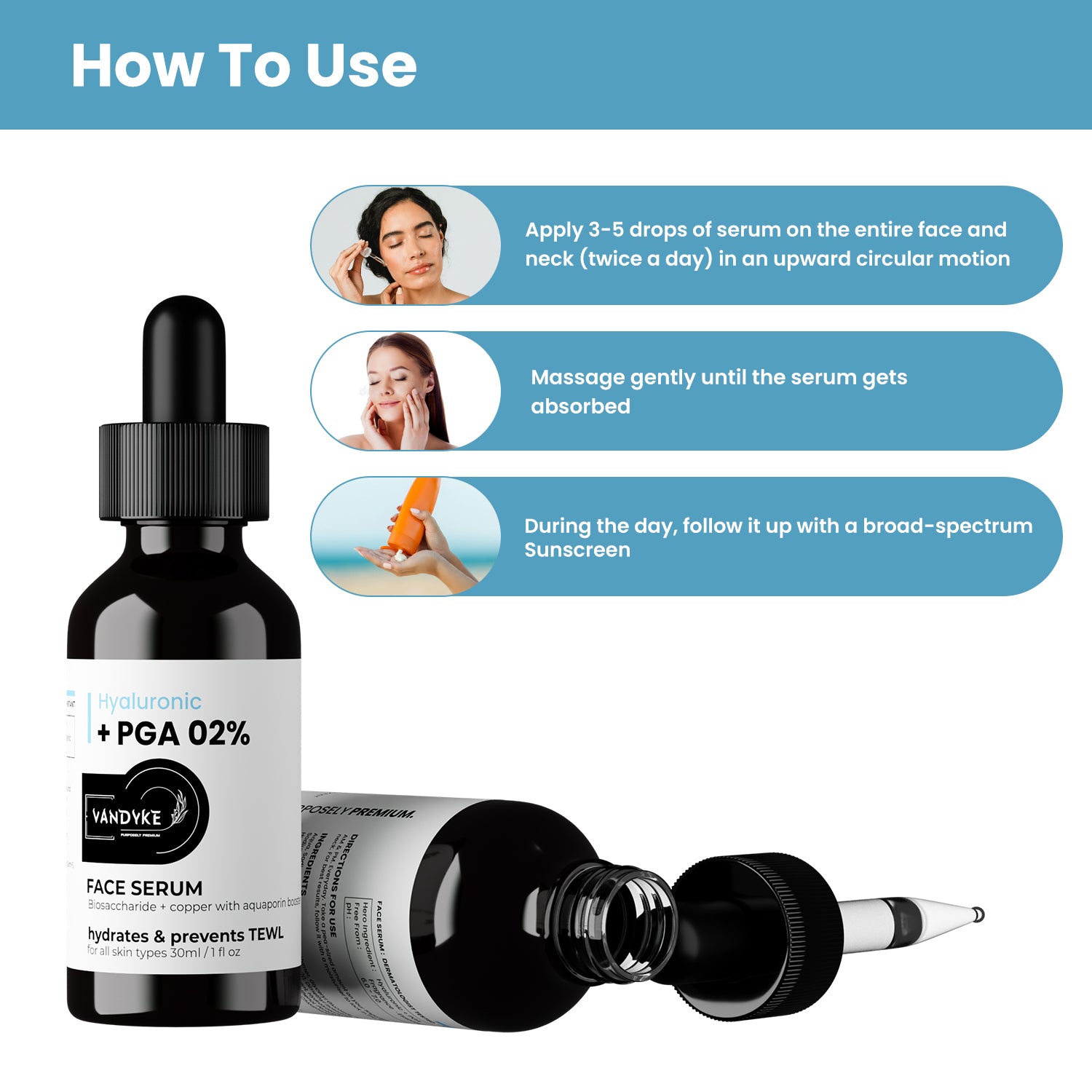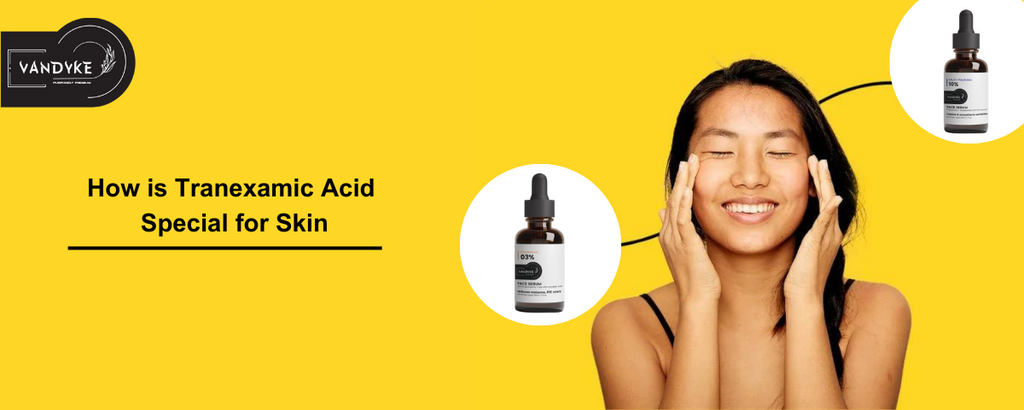
Why is Tranexamic Acid Special for Skin?

Why is Tranexamic Acid Special for Skin?
usually people ask that question why is Tranexamic Acid special for skin. Tranexamic acid is a synthetic derivative of the amino acid lysine that has been used in medicine for many years to prevent excessive bleeding. However, recent studies have shown that tranexamic Serum 03% has beneficial effects on the skin as well.
Tranexamic acid is particularly effective in treating hyperpigmentation, which is the darkening of the skin due to an overproduction of melanin. Melanin is responsible for giving color to our skin, hair, and eyes. Excessive melanin production can occur due to various reasons such as sun exposure, hormonal changes, or inflammation, leading to dark spots, melasma, or post-inflammatory hyperpigmentation (PIH). Tranexamic acid works by inhibiting the production of plasmin, an enzyme that triggers the inflammatory response and stimulates melanocytes, the cells that produce melanin. Tranexamic Serum 03% can reduce the appearance of dark spots and uneven skin tone by limiting melanin production, making it a promising ingredient in skin brightening and anti-aging products.
Moreover, tranexamic acid Serum has anti-inflammatory properties that can help soothe irritated skin, reduce redness, and prevent the formation of acne scars. It can also improve skin texture and firmness by stimulating collagen synthesis, which is crucial for maintaining skin elasticity and reducing fine lines and wrinkles.
Overall, tranexamic acid Serum is a special ingredient for skin because it can address multiple skin concerns such as hyperpigmentation, inflammation, and aging. However, it is always advisable to consult with a dermatologist before incorporating any new ingredient into your skincare routine, especially if you have sensitive skin or any skin conditions. this is why Tranexamic Acid special for skin and you buy Vandyke best skincare products in India make tranexamic acid Serum with the best quality.
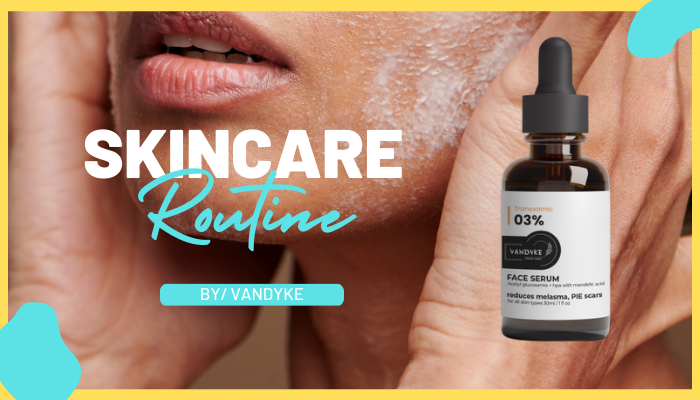
What Makes Tranexamic Acid Special
Tranexamic acid is a special ingredient in skincare for several reasons.
Firstly, it is highly effective in treating hyperpigmentation, which is a common skin concern for many people. Tranexamic acid works by inhibiting the production of plasmin, an enzyme that triggers the inflammatory response and stimulates melanocytes, the cells that produce melanin. By limiting melanin production, tranexamic acid can reduce the appearance of dark spots and uneven skin tone, making it a promising ingredient in skin brightening and anti-aging products.
Secondly, tranexamic acid has anti-inflammatory properties that can help soothe irritated skin, reduce redness, and prevent the formation of acne scars. This is particularly beneficial for those with sensitive or acne-prone skin.
Thirdly, tranexamic acid has been shown to stimulate collagen synthesis, which is essential for maintaining skin elasticity and reducing the appearance of fine lines and wrinkles. This makes it a promising ingredient in anti-aging skincare products.
Lastly, tranexamic acid is relatively safe and well-tolerated, even for those with sensitive skin. It is a synthetic derivative of the amino acid lysine and has been used in medicine for many years to prevent excessive bleeding.
Overall, tranexamic acid is a special ingredient in skincare due to its effectiveness in treating multiple skin concerns, its anti-inflammatory and collagen-stimulating properties, and its safety and tolerability for most skin types.
Factors Leading to Hyperpigmentation
Hyperpigmentation occurs when there is an overproduction of melanin, the pigment that gives color to our skin, hair, and eyes. Several factors can contribute to hyperpigmentation, including:
- Sun exposure: Exposure to UV radiation from the sun can stimulate melanin production, leading to the formation of dark spots and uneven skin tone.
- Hormonal changes: Hormonal changes during pregnancy, menopause, or when using certain medications can trigger melanin production, leading to the development of melasma, a type of hyperpigmentation that typically appears on the face.
- Inflammation: Inflammation caused by acne, eczema, or other skin conditions can stimulate melanin production, leading to post-inflammatory hyperpigmentation (PIH).
- Skin injuries: Skin injuries such as cuts, burns, or surgery can cause hyperpigmentation as part of the skin’s natural healing process.
- Genetics: Some people may be more prone to hyperpigmentation due to their genetic makeup.
- Age: As we age, our skin’s ability to regenerate decreases, and melanin can become more concentrated, leading to the development of age spots or sunspots.
It’s important to note that some individuals may be more susceptible to hyperpigmentation due to a combination of these factors. Protecting the skin from UV radiation and addressing underlying inflammation or hormonal imbalances can help prevent and manage hyperpigmentation. A dermatologist can help diagnose and treat hyperpigmentation and recommend appropriate skincare products and treatments.
Side Effects Of Tranexamic Acid
Tranexamic acid is generally considered safe when used topically in skincare products. However, like any ingredient, it may cause side effects in some individuals.
The most common side effect of topical tranexamic Serum is skin irritation, which may manifest as redness, itching, or a burning sensation. This is more likely to occur in individuals with sensitive skin or those who use higher concentrations of tranexamic acid.
In rare cases, tranexamic acid may cause an allergic reaction, which can manifest as hives, swelling, or difficulty breathing. If you experience any of these symptoms after using a skincare product containing tranexamic acid, discontinue use immediately and seek medical attention.
Tranexamic acid is also contraindicated for individuals with a history of blood clots or thromboembolic disorders, as it may increase the risk of clot formation.
As with any skincare product, it’s important to patch test a small area of skin before using tranexamic serum products all over the face to ensure that you don’t have an adverse reaction. If you have any concerns or questions about using tranexamic serum 03% in your skincare routine, it’s best to consult with a dermatologist.
What Else Can You Do To Fade Skin Discoloration and Hyperpigmentation?
In addition to using tranexamic acid, there are several other steps you can take to fade skin discoloration and hyperpigmentation:
- Use sunscreen: Sun exposure can exacerbate hyperpigmentation and cause new discoloration to form. Using a broad-spectrum sunscreen with an SPF of 30 or higher can help protect the skin and prevent further damage.
- Use topical retinoids: Topical retinoids, such as tretinoin, can help fade hyperpigmentation by increasing skin cell turnover and reducing the production of melanin.
- Use alpha-hydroxy acids (AHAs): AHAs, such as glycolic acid and lactic acid, can help exfoliate the skin and fade discoloration. They work by breaking down the bonds between dead skin cells, allowing them to be sloughed away more easily.
- Use vitamin C: Vitamin C is a powerful antioxidant that can help brighten the skin and fade hyperpigmentation. It works by inhibiting the production of melanin and promoting collagen synthesis.
- Consider chemical peels: Chemical peels can be effective in treating hyperpigmentation by removing the top layer of the skin and stimulating collagen production.
- Stay hydrated: Drinking plenty of water can help keep the skin hydrated and promote healthy cell turnover, which can help fade discoloration.
- Maintain a healthy diet: Eating a diet rich in antioxidants, such as fruits, vegetables, and whole grains, can help promote healthy skin and reduce inflammation, which can exacerbate hyperpigmentation.
It’s important to note that some types of hyperpigmentation, such as melasma, may require a combination of treatments and ongoing maintenance to keep under control. It’s best to consult with a dermatologist to determine the underlying cause of your hyperpigmentation and develop a personalized treatment plan.
Here are some excellent actives to help fade hyperpigmentation with which Tranexamic acid can be layered with:
Yes, tranexamic acid can be used in combination with other actives to help fade hyperpigmentation. Here are some excellent actives that can be layered with tranexamic acid to help fade hyperpigmentation:
- Vitamin C: Vitamin C is a powerful antioxidant that can help brighten the skin and fade hyperpigmentation. It works by inhibiting the production of melanin and promoting collagen synthesis. It can be used in conjunction with tranexamic acid to boost its effectiveness.
- Niacinamide: Niacinamide is a form of vitamin B3 that can help reduce inflammation, regulate oil production, and fade hyperpigmentation. It can be used in conjunction with tranexamic acid to help brighten the skin and even out skin tone.
- Retinoids: Retinoids, such as tretinoin, can help fade hyperpigmentation by increasing skin cell turnover and reducing the production of melanin. They can be used in conjunction with tranexamic acid to enhance its effectiveness.
- Alpha-hydroxy acids (AHAs): AHAs, such as glycolic acid and lactic acid, can help exfoliate the skin and fade discoloration. They work by breaking down the bonds between dead skin cells, allowing them to be sloughed away more easily. They can be used in conjunction with tranexamic acid to help fade hyperpigmentation.
- Kojic acid: Kojic acid is a natural skin lightening agent that can help fade hyperpigmentation by inhibiting the production of melanin. It can be used in conjunction with tranexamic acid to help even out skin tone and reduce discoloration.
It’s important to note that using too many activities at once can cause irritation and dryness, so it’s best to start slowly and patch test new products before incorporating them into your routine. It’s also important to use sunscreen daily to prevent further hyperpigmentation.
How verify quality Tranexamic Acid Special for Skin ?
Tranexamic acid is a popular skincare ingredient known for its ability to brighten and even out skin tone, reduce hyperpigmentation, and improve overall skin texture. If you’re interested in verifying the quality of Tranexamic acid in a skincare product, here are some things you can do:
- Check the ingredient list: Look for Tranexamic acid listed as an active ingredient on the product label. Make sure it appears near the top of the ingredient list, which indicates a higher concentration of the ingredient.
- Research the manufacturer: Do some research on the company that produces the product. Check for their reputation, customer reviews, and any certifications or awards they have received. This can give you an idea of their commitment to quality and reliability.
- Look for third-party testing: Check if the product has undergone any third-party testing for quality and safety. These tests are usually conducted by independent labs and can provide more objective results.
- Check for purity: The purity of Tranexamic acid can affect its effectiveness and safety. Look for products that claim to use high-quality, pure Tranexamic acid.
- Test the product: If possible, try the product for yourself and observe the results. Look for improvements in skin tone, texture, and any reduction in hyperpigmentation. Note any adverse reactions or side effects.
Remember, it’s always best to consult with a dermatologist or skincare professional before trying any new products, especially if you have sensitive skin or are prone to allergies.
How To Use Tranexamic Acid 03% Serum For Daily Facecare Routine
Tranexamic acid 3% serum is a popular skincare product that is used to reduce hyperpigmentation, brighten the skin, and improve overall skin texture. Here’s how you can incorporate it into your daily skincare routine:
- Cleanse your face: Begin your skincare routine by washing your face with a gentle cleanser to remove any dirt, oil, or makeup.
- Apply toner: After cleansing, apply a toner to your face. Toner helps to balance your skin’s pH levels and prepare your skin for the next step.
- Apply Tranexamic acid serum: Take a small amount of Tranexamic acid serum and apply it evenly to your face, focusing on areas with hyperpigmentation or uneven skin tone. Gently massage the serum into your skin until it is fully absorbed.
- Apply moisturizer: After applying the serum, wait for a few minutes to allow it to fully absorb, then apply your regular moisturizer to your face. This will help to lock in the moisture and provide additional hydration to your skin.
- Apply sunscreen: It is essential to apply sunscreen daily, even when you are indoors, as it protects your skin from harmful UV rays. Apply a broad-spectrum sunscreen with an SPF of at least 30 as the last step in your morning skincare routine.
You can use Tranexamic acid serum in your morning and/or nighttime skincare routine. It is recommended to use it consistently for at least 8-12 weeks to see visible results. However, if you experience any irritation or sensitivity, reduce the frequency of use or stop using it altogether and consult a dermatologist.


